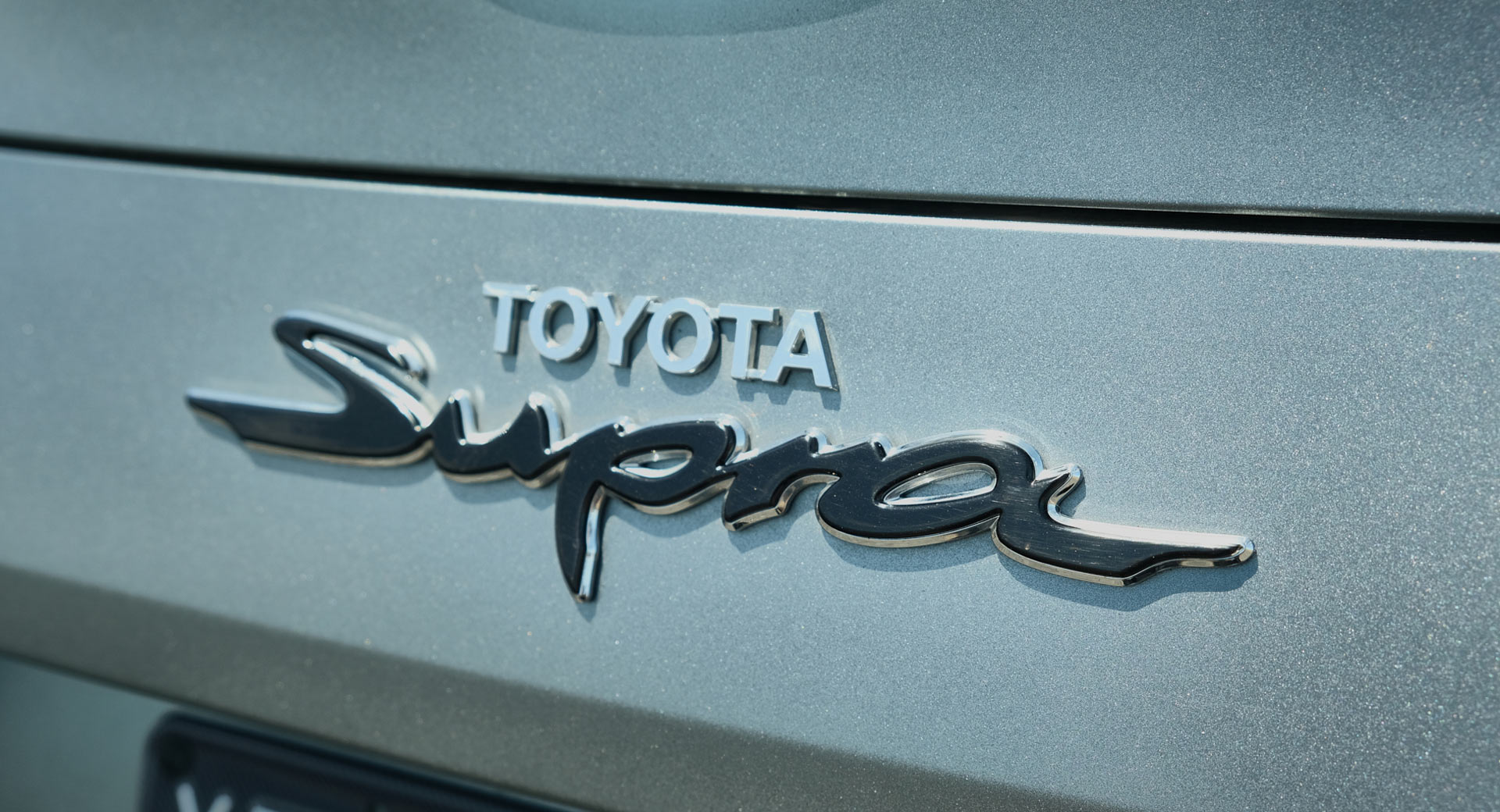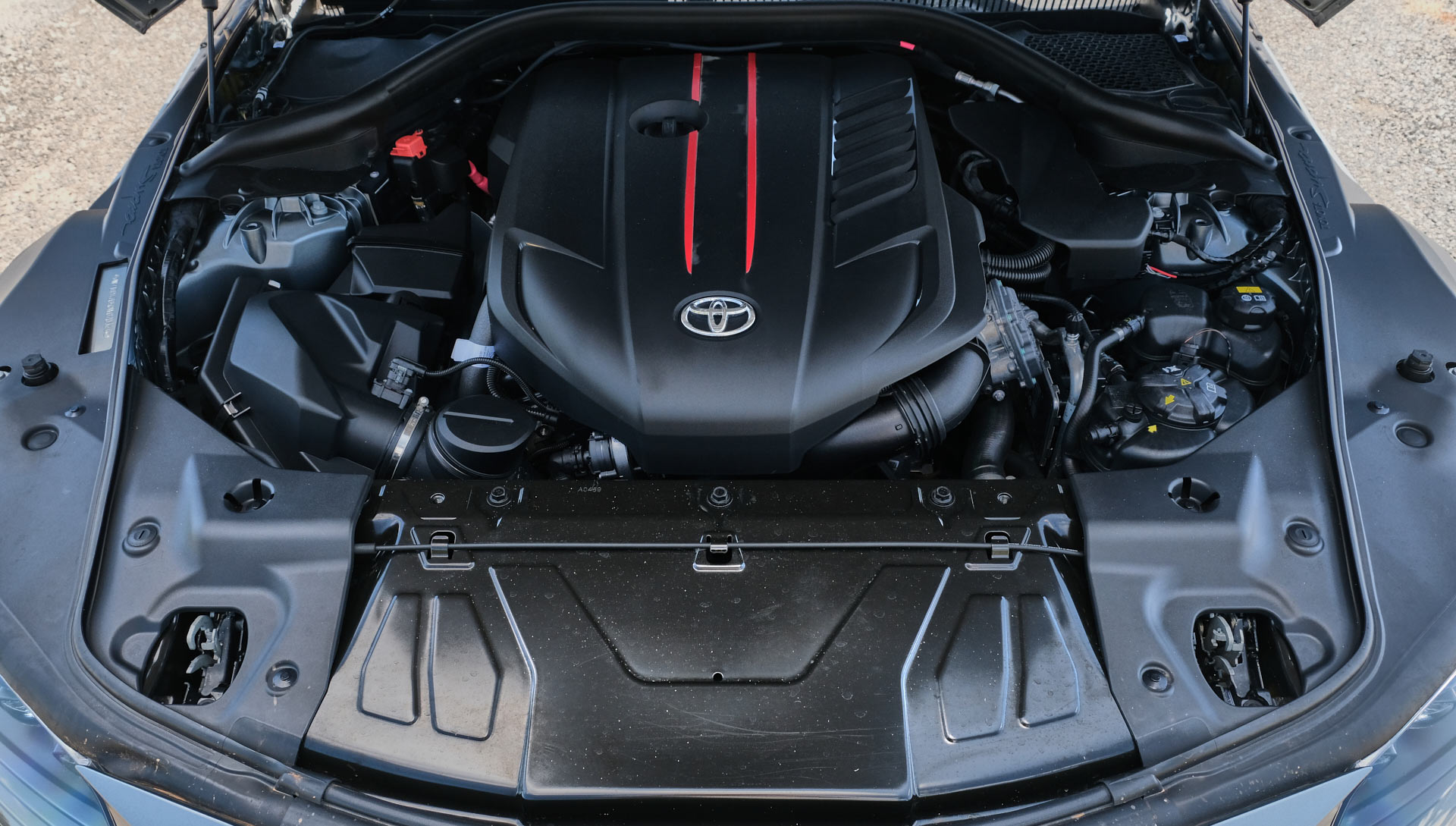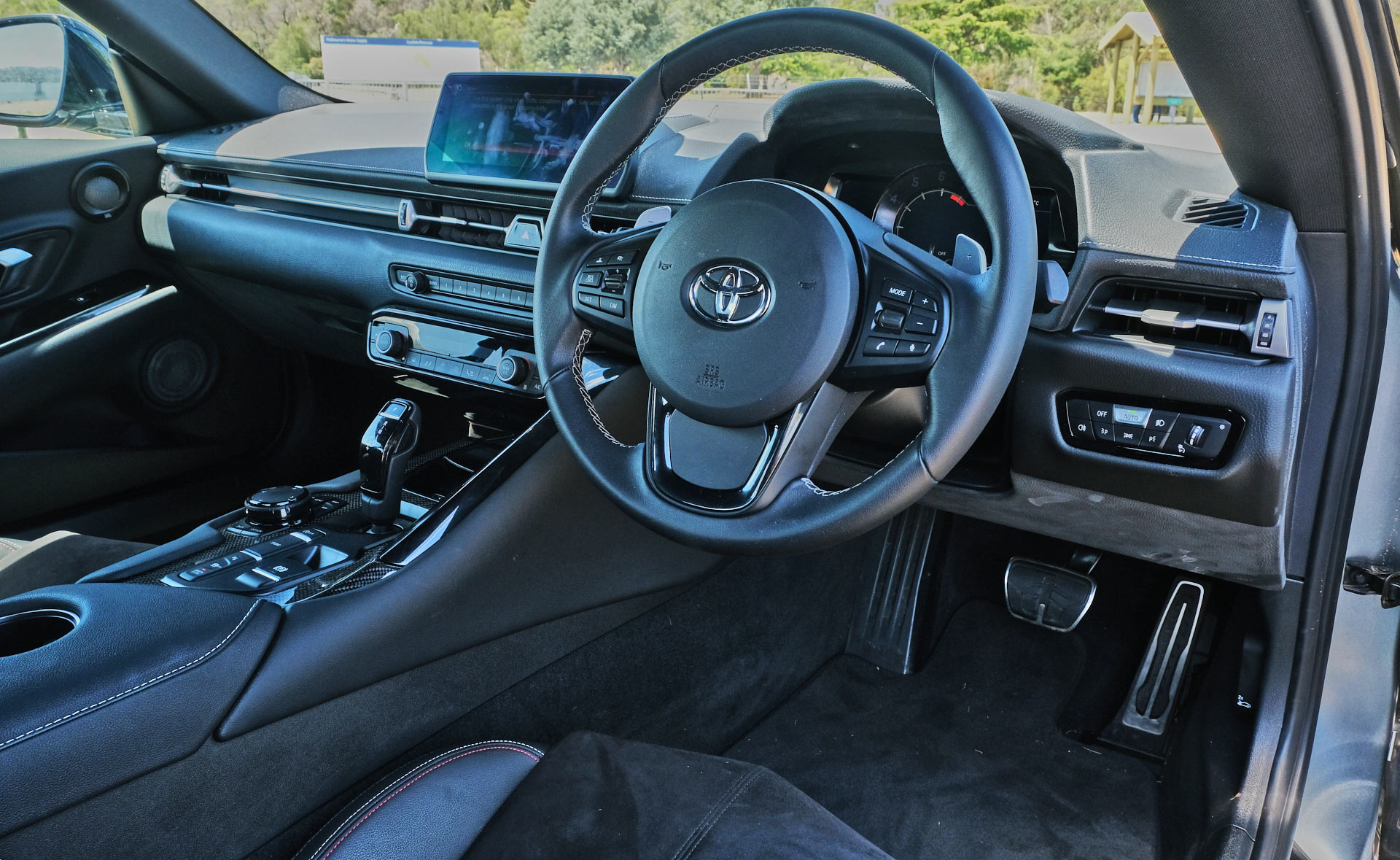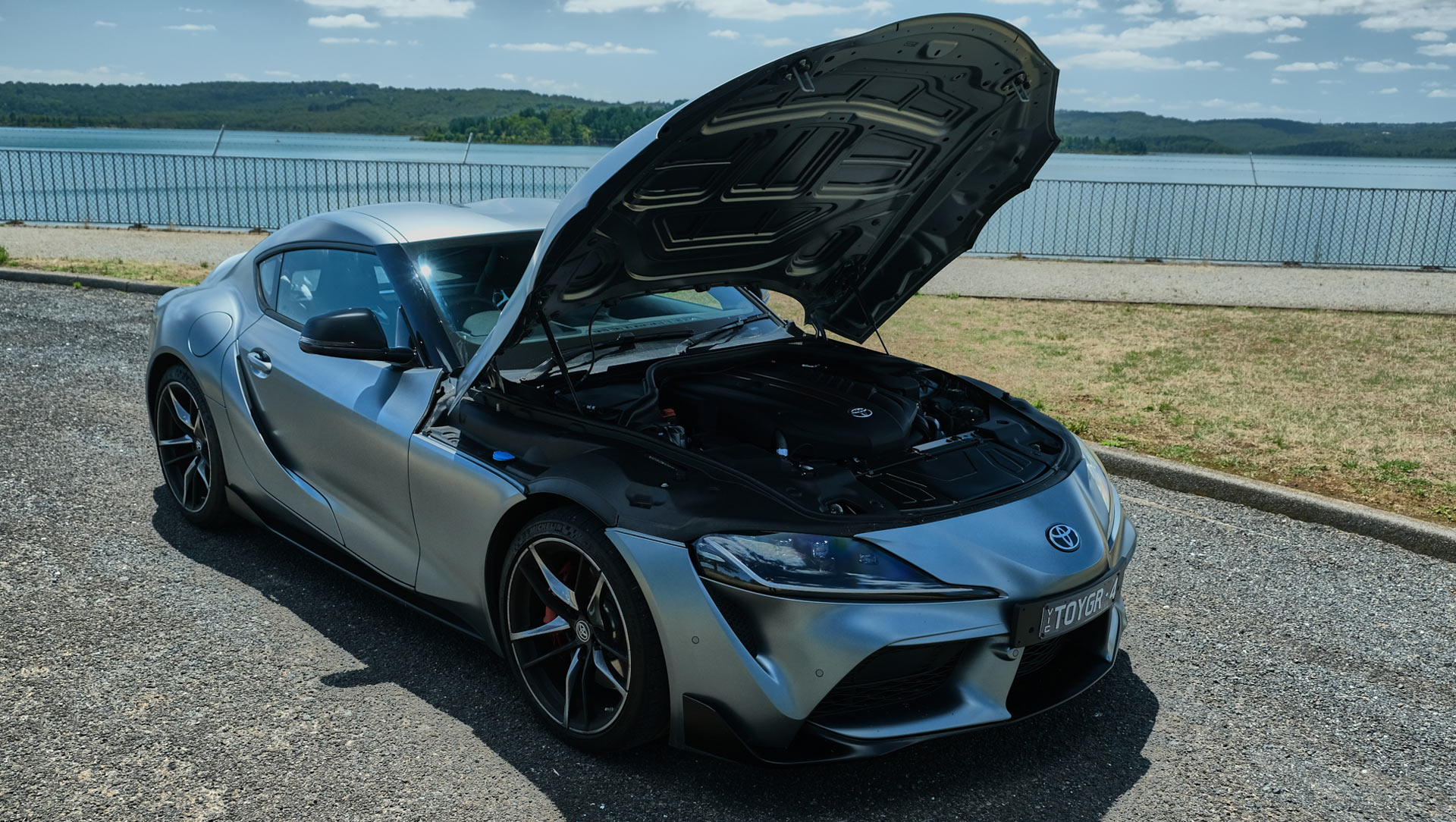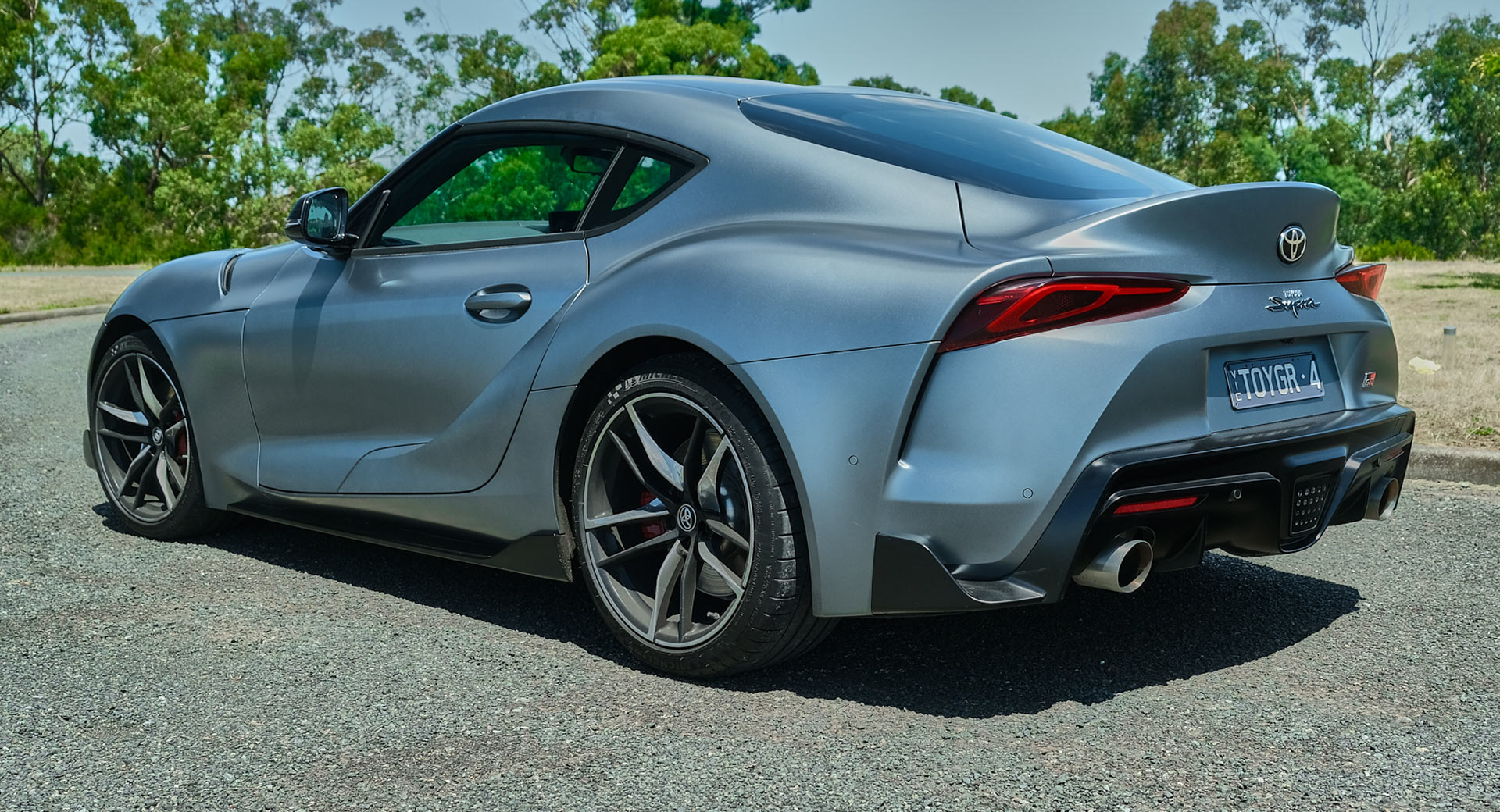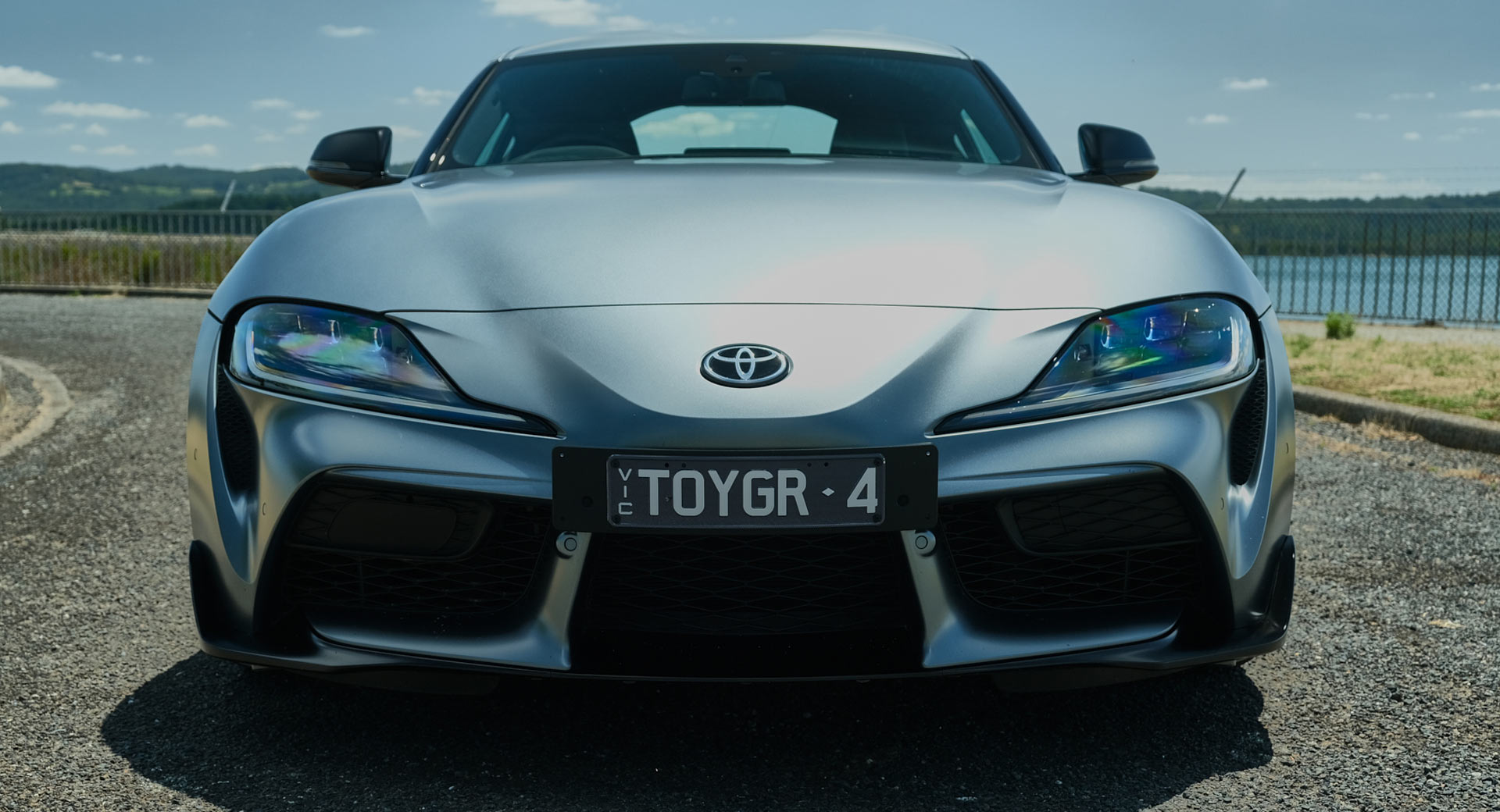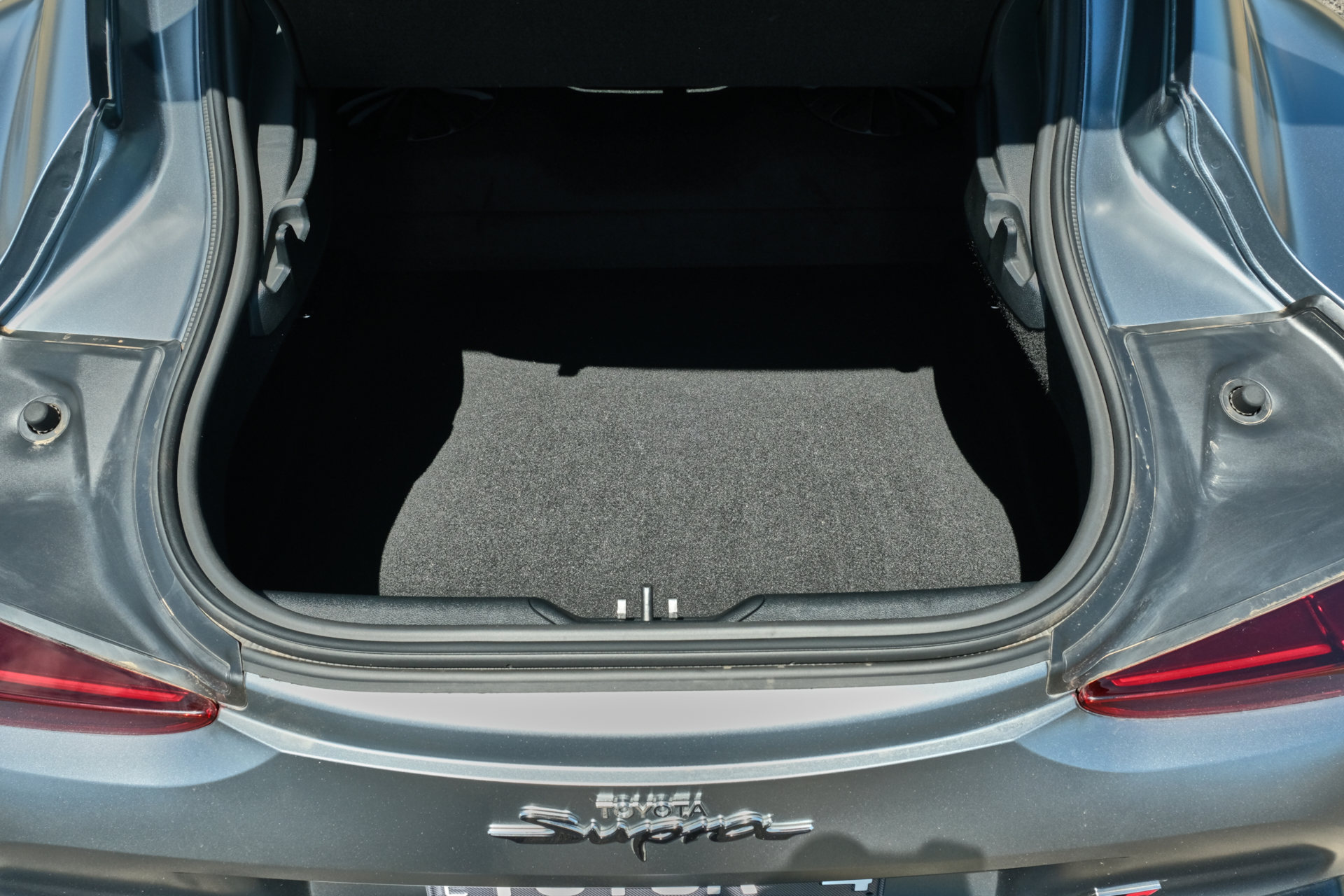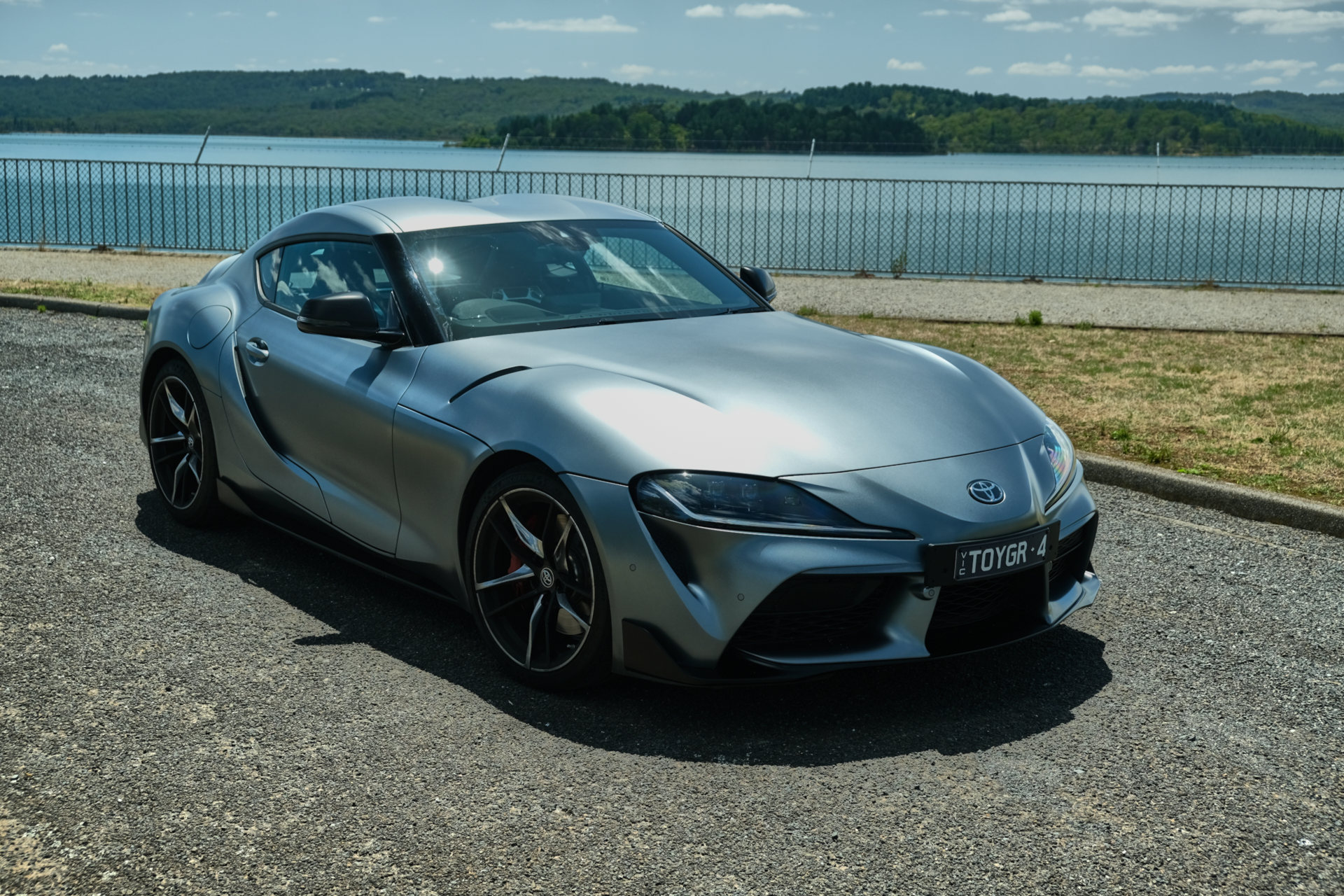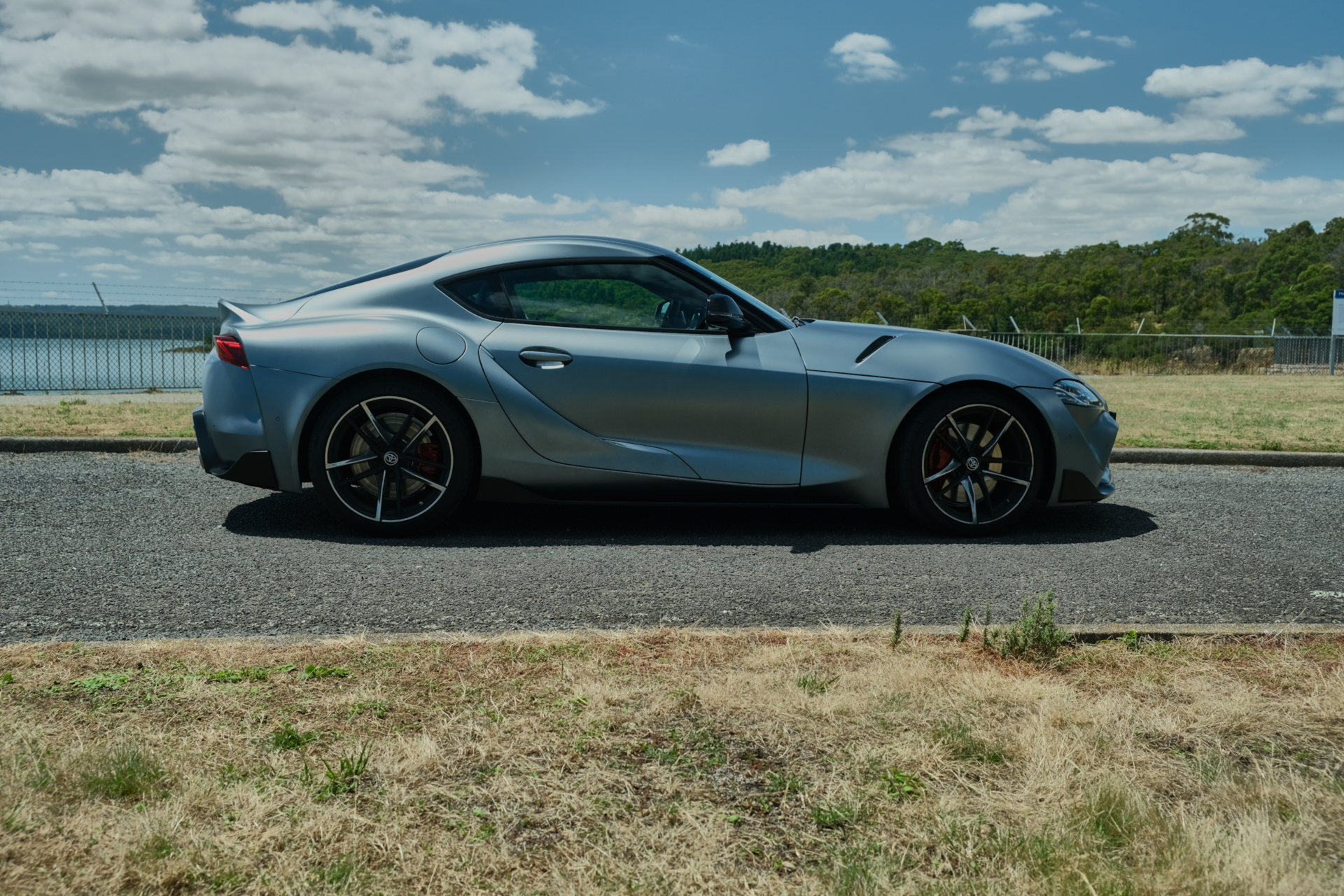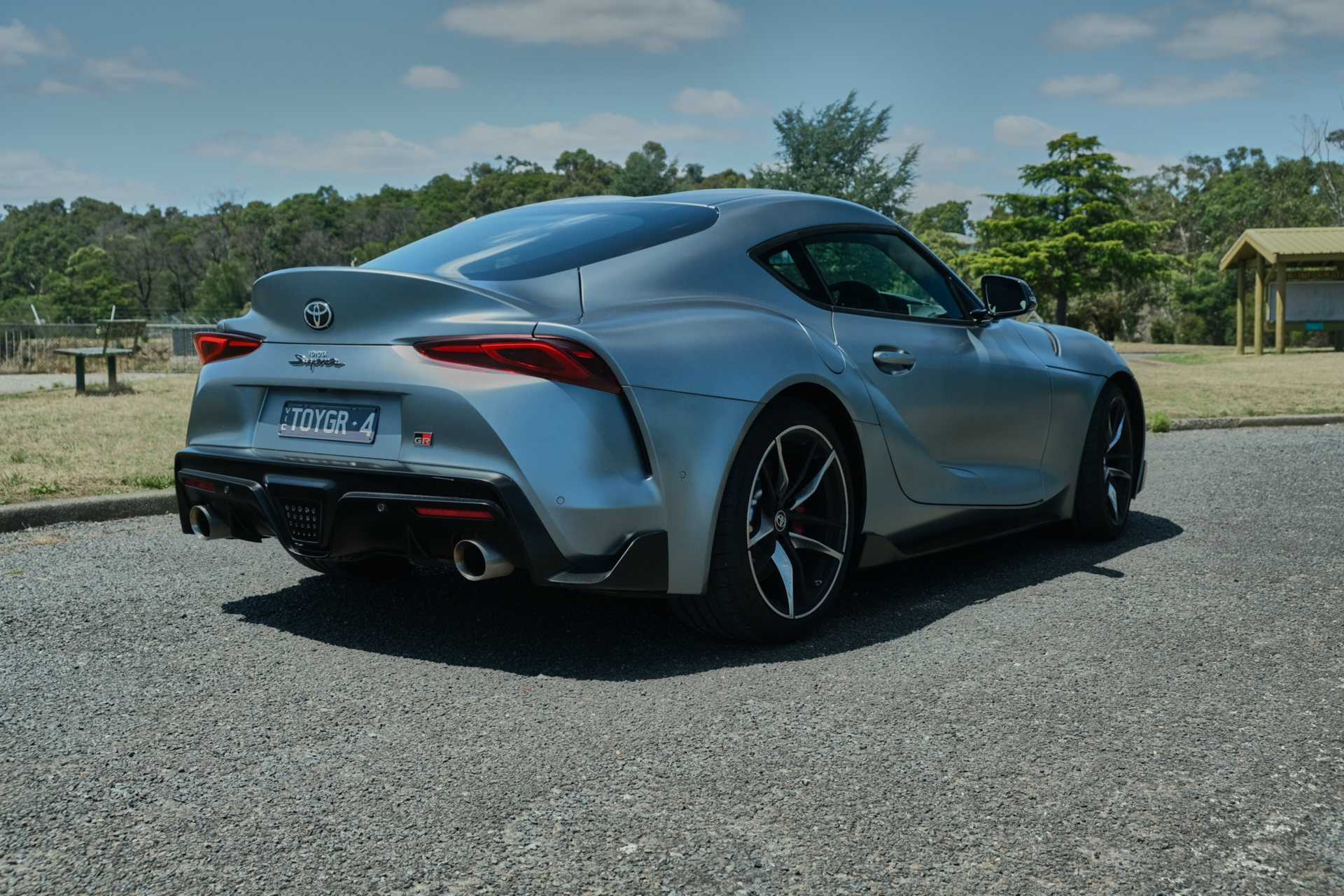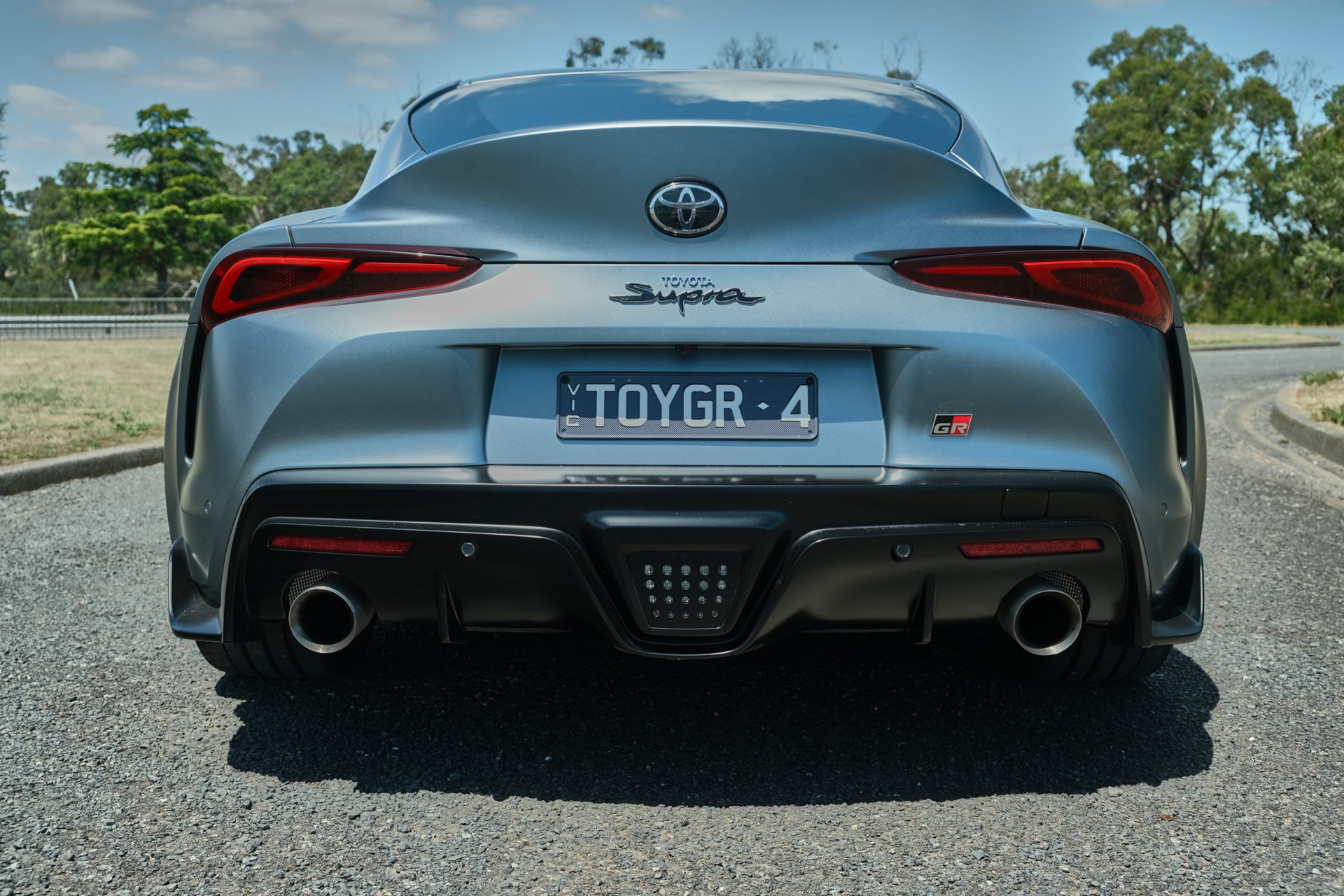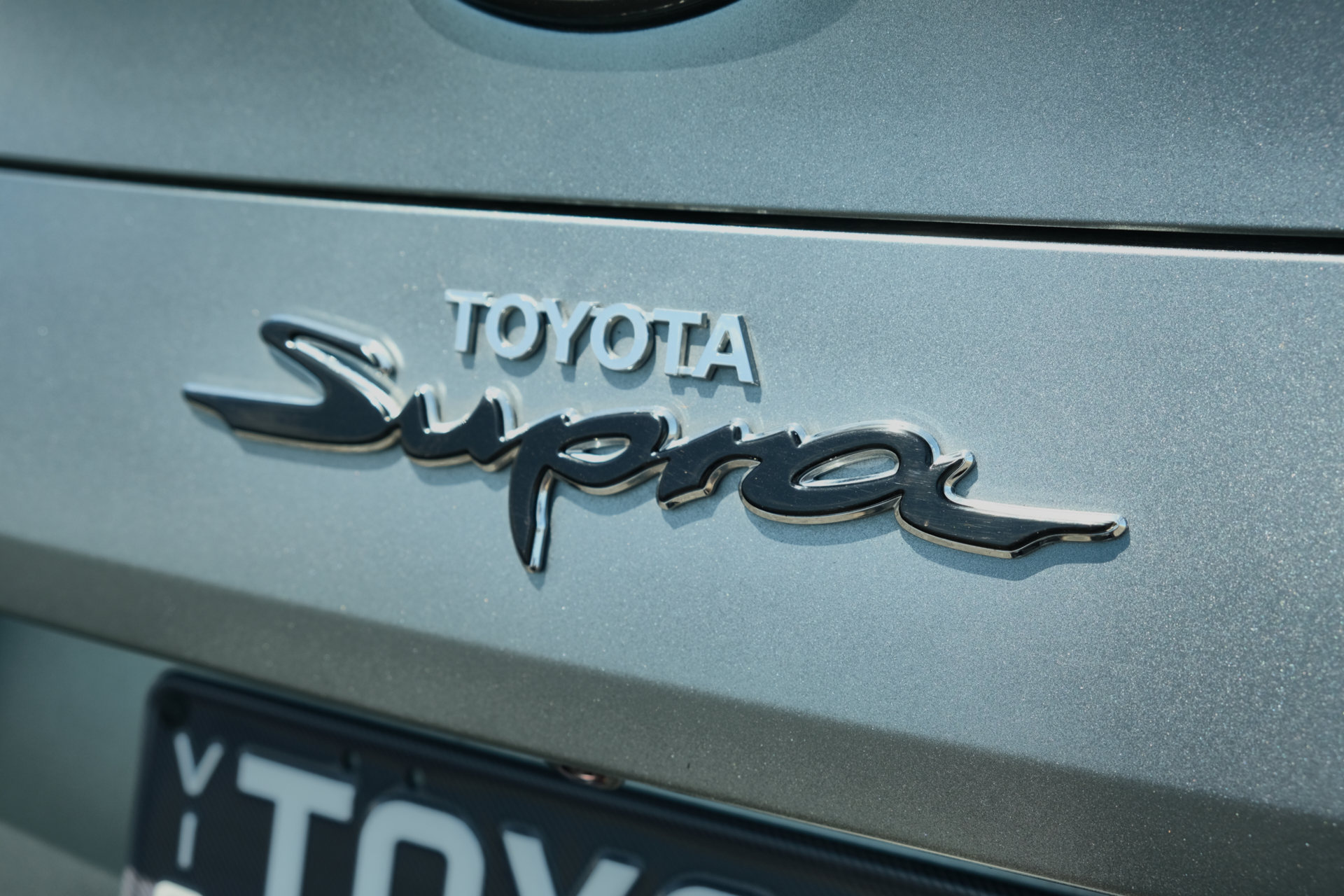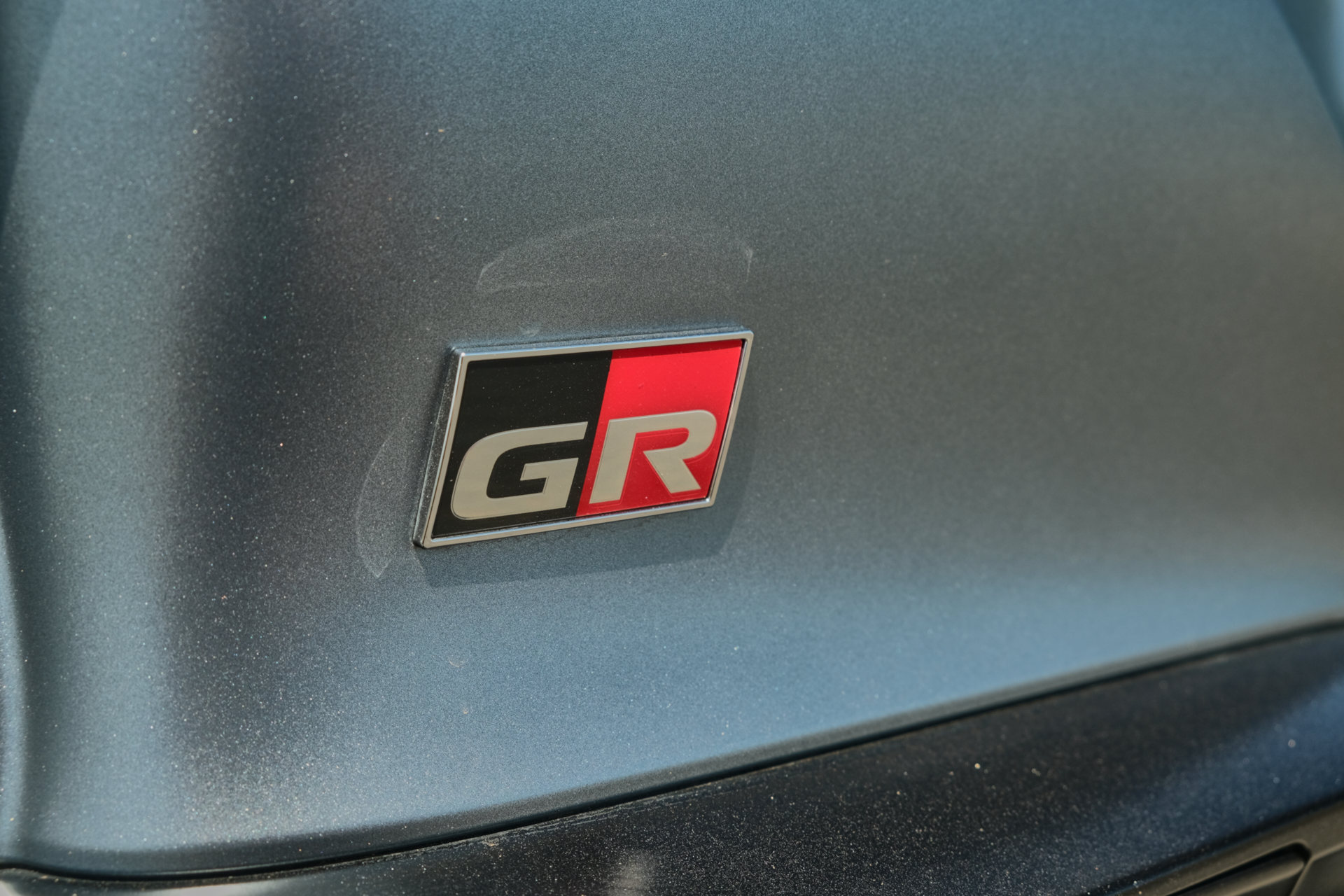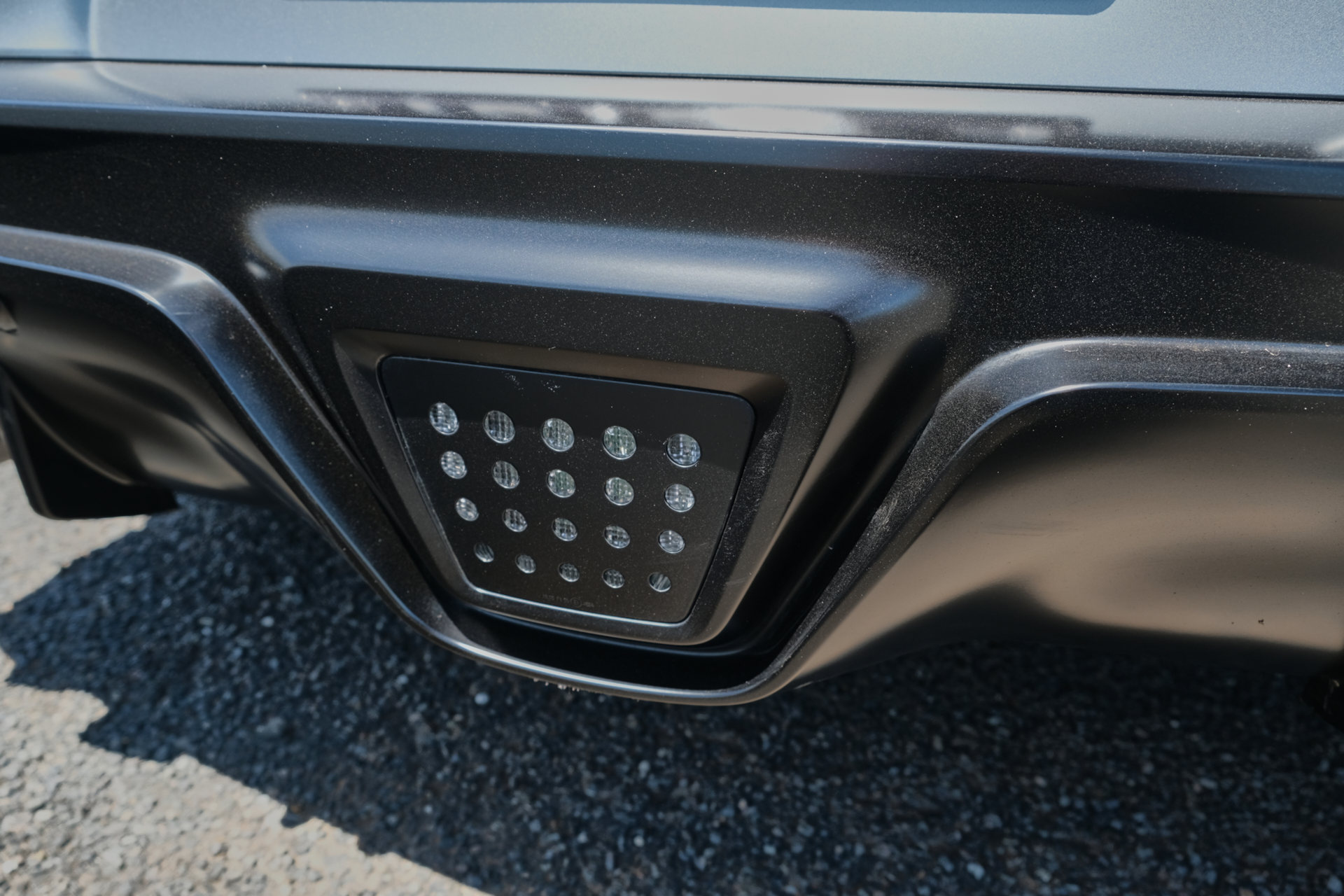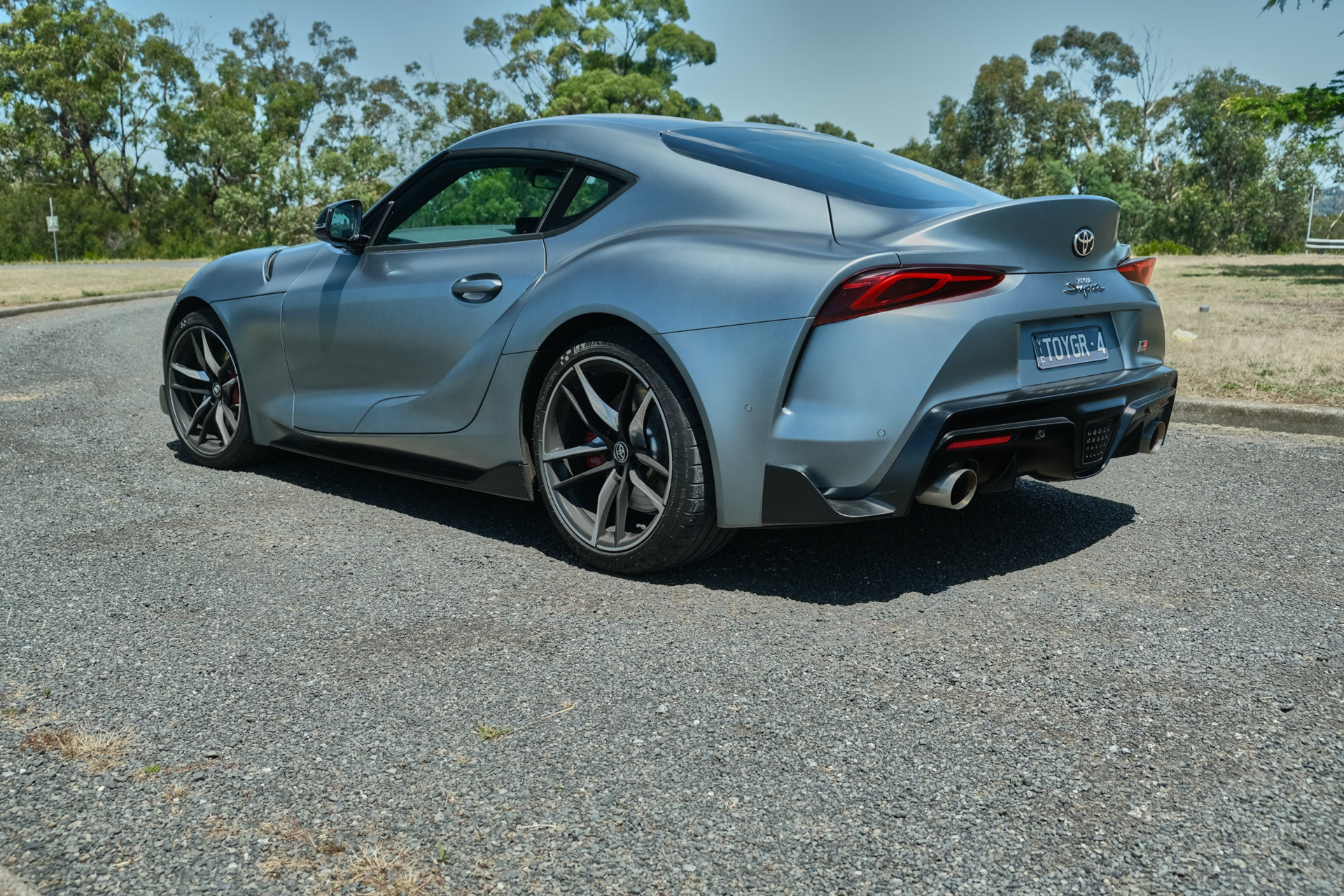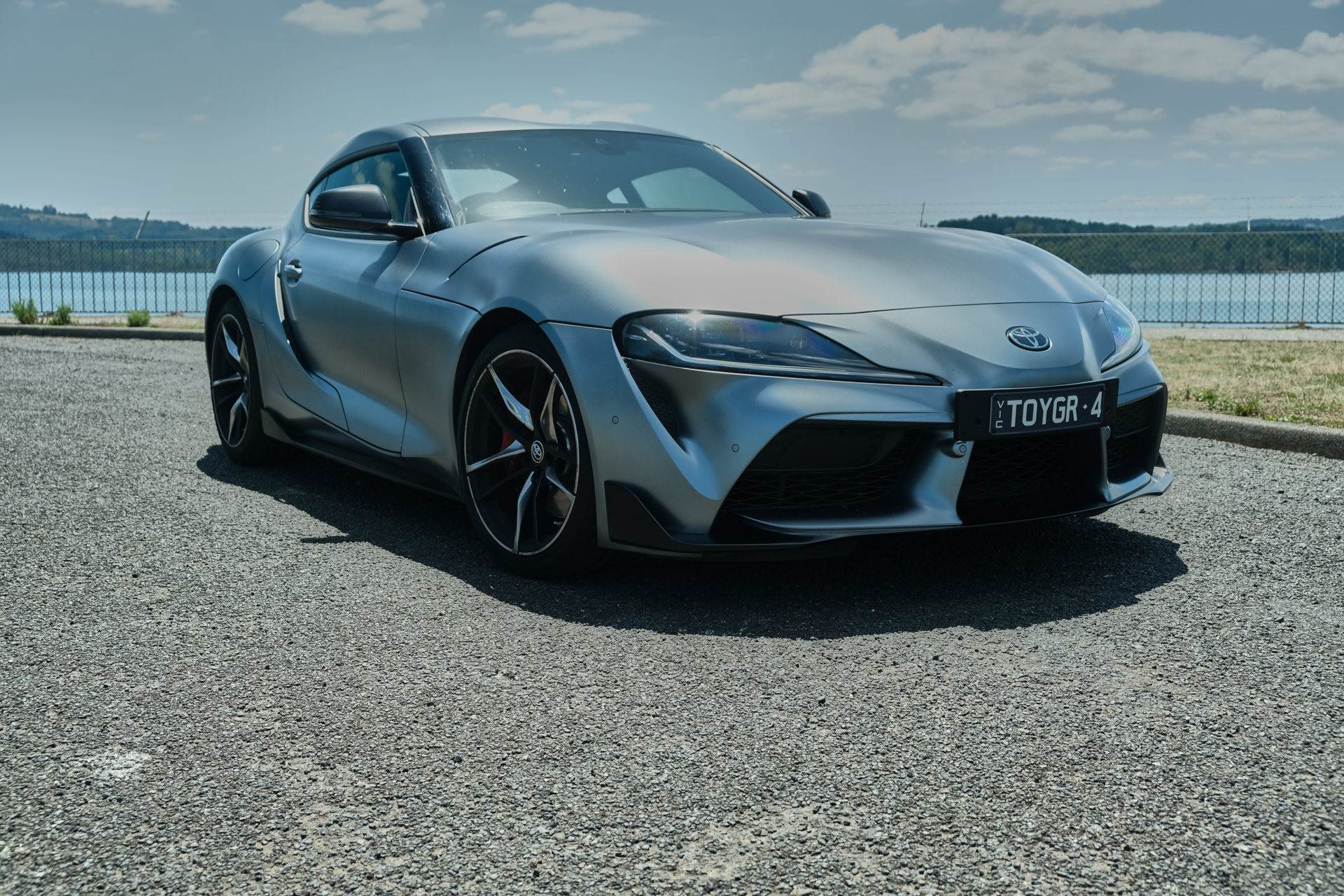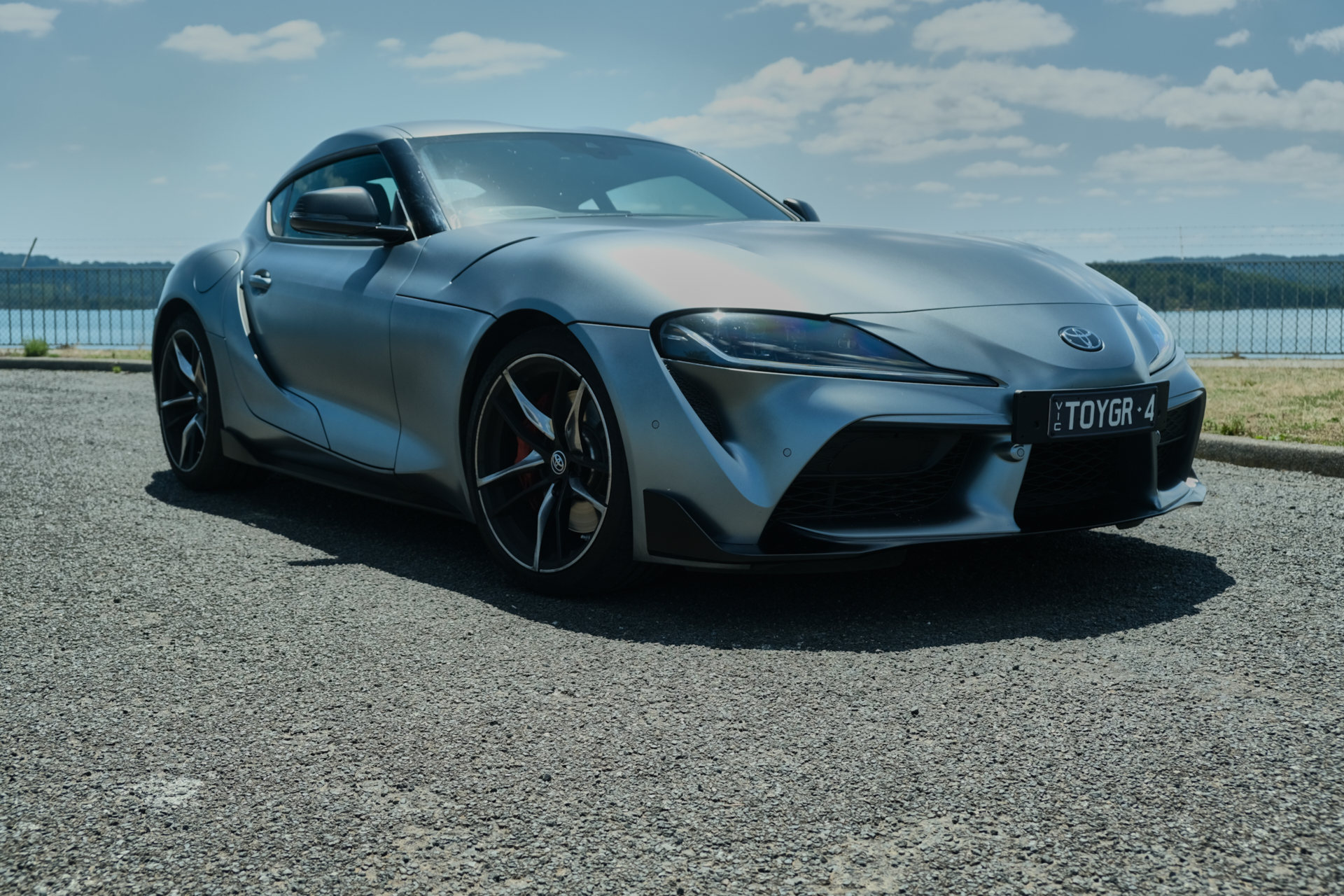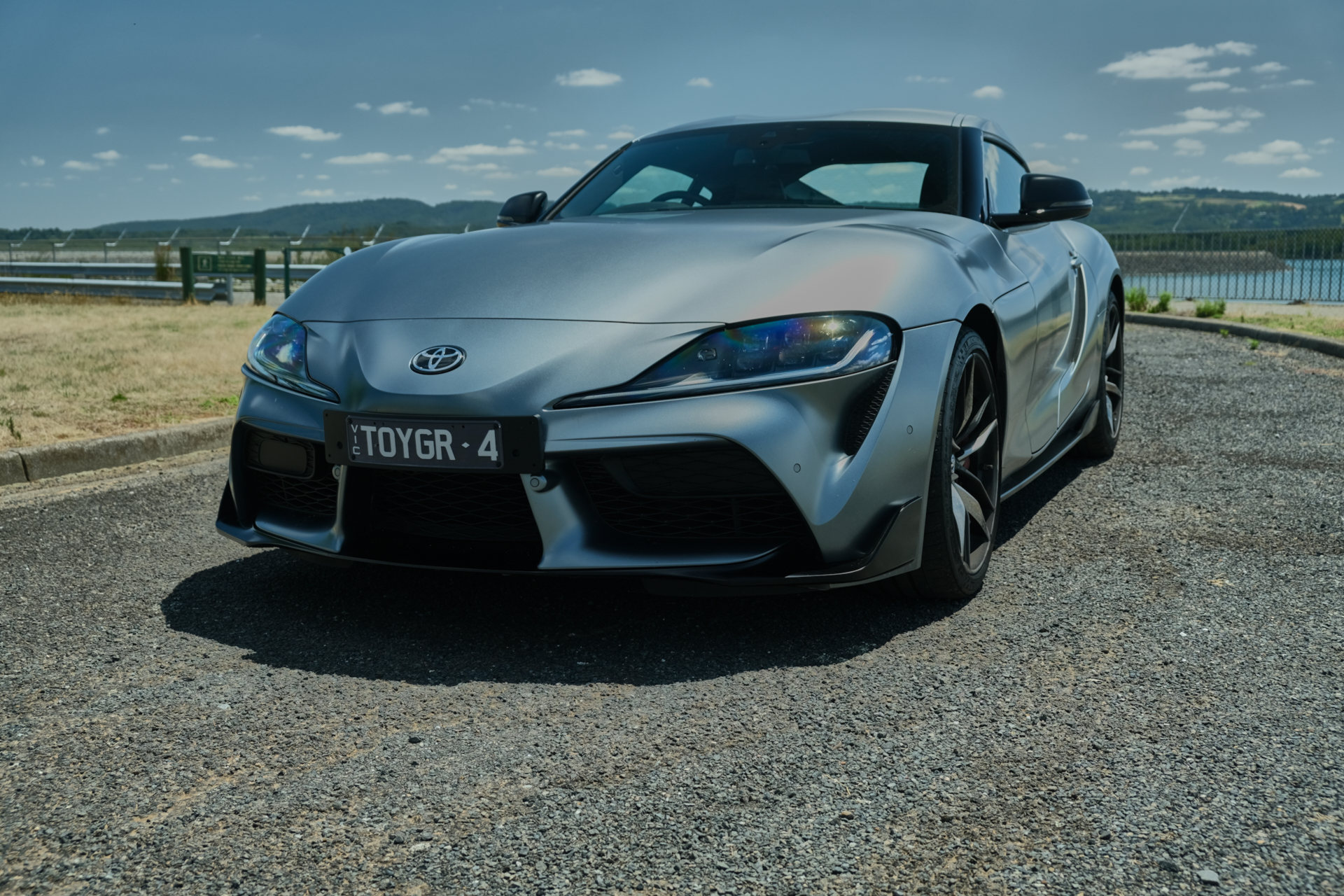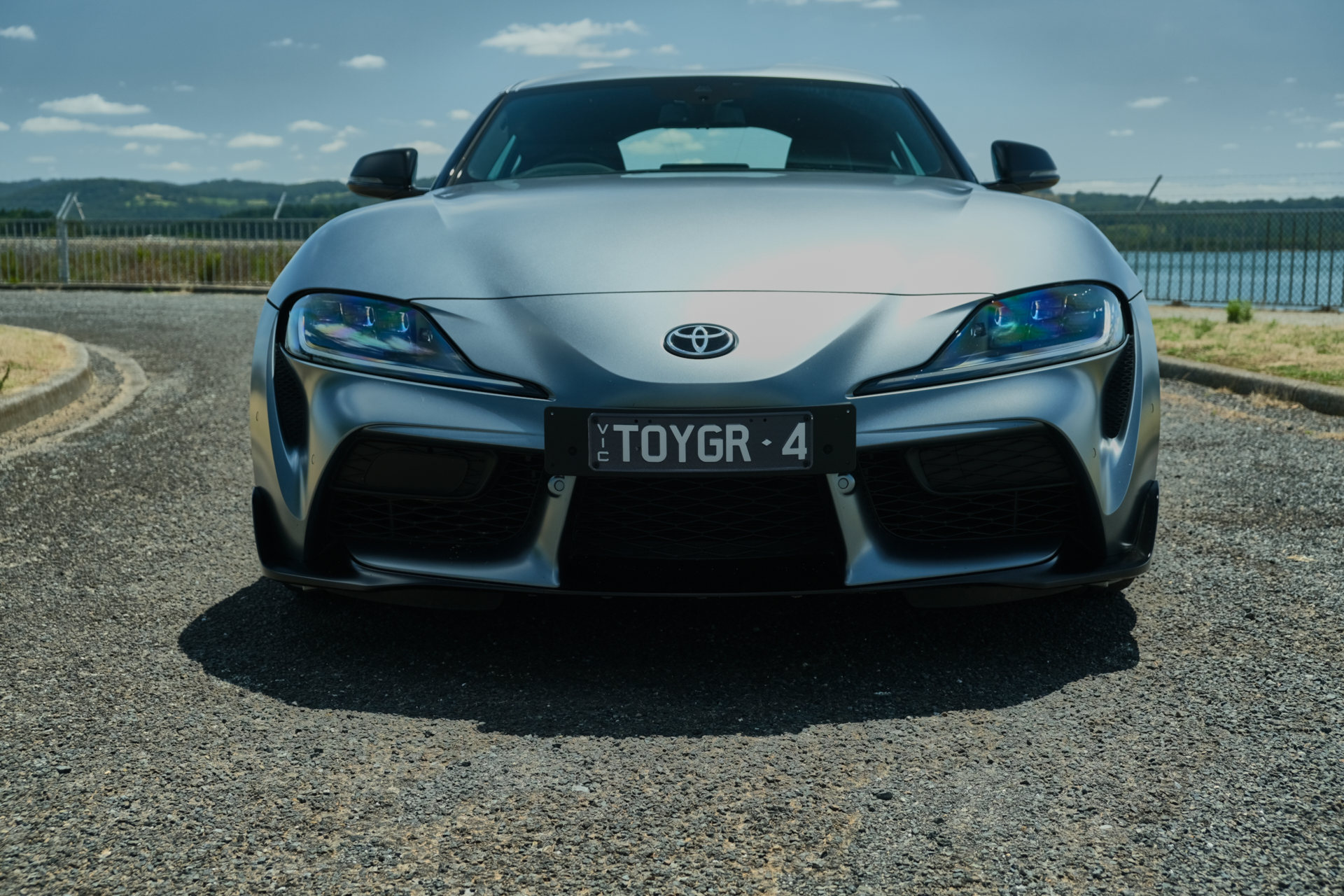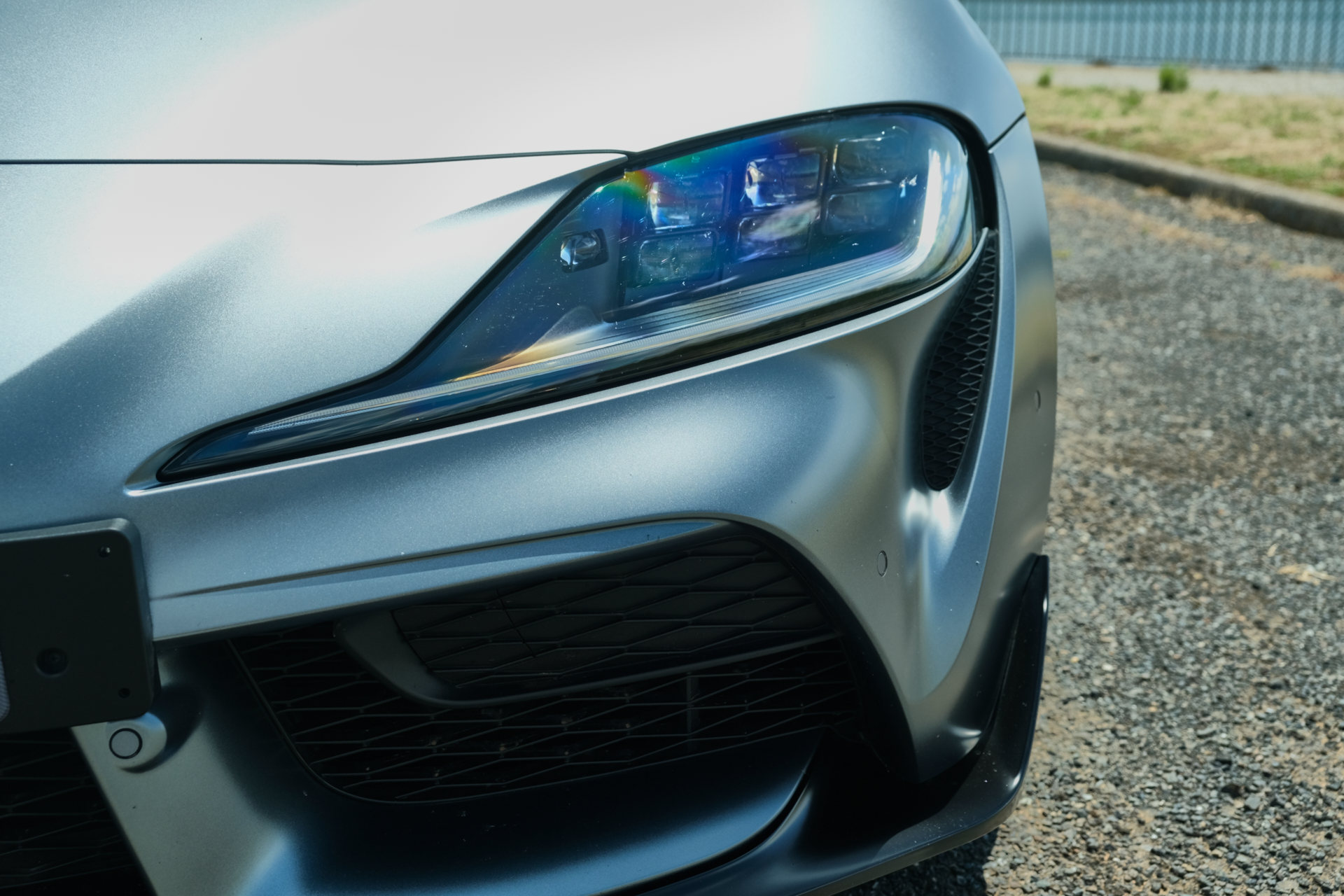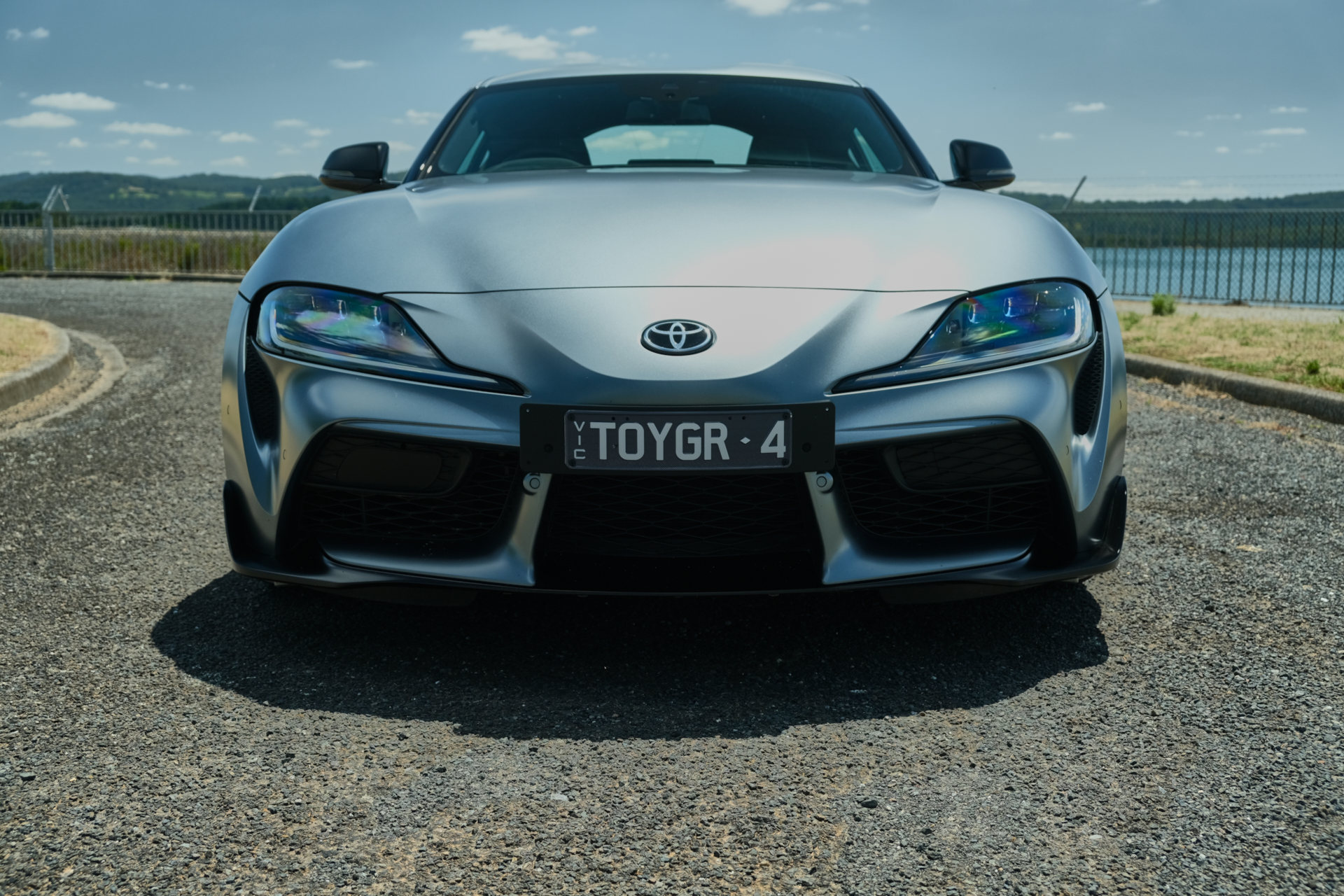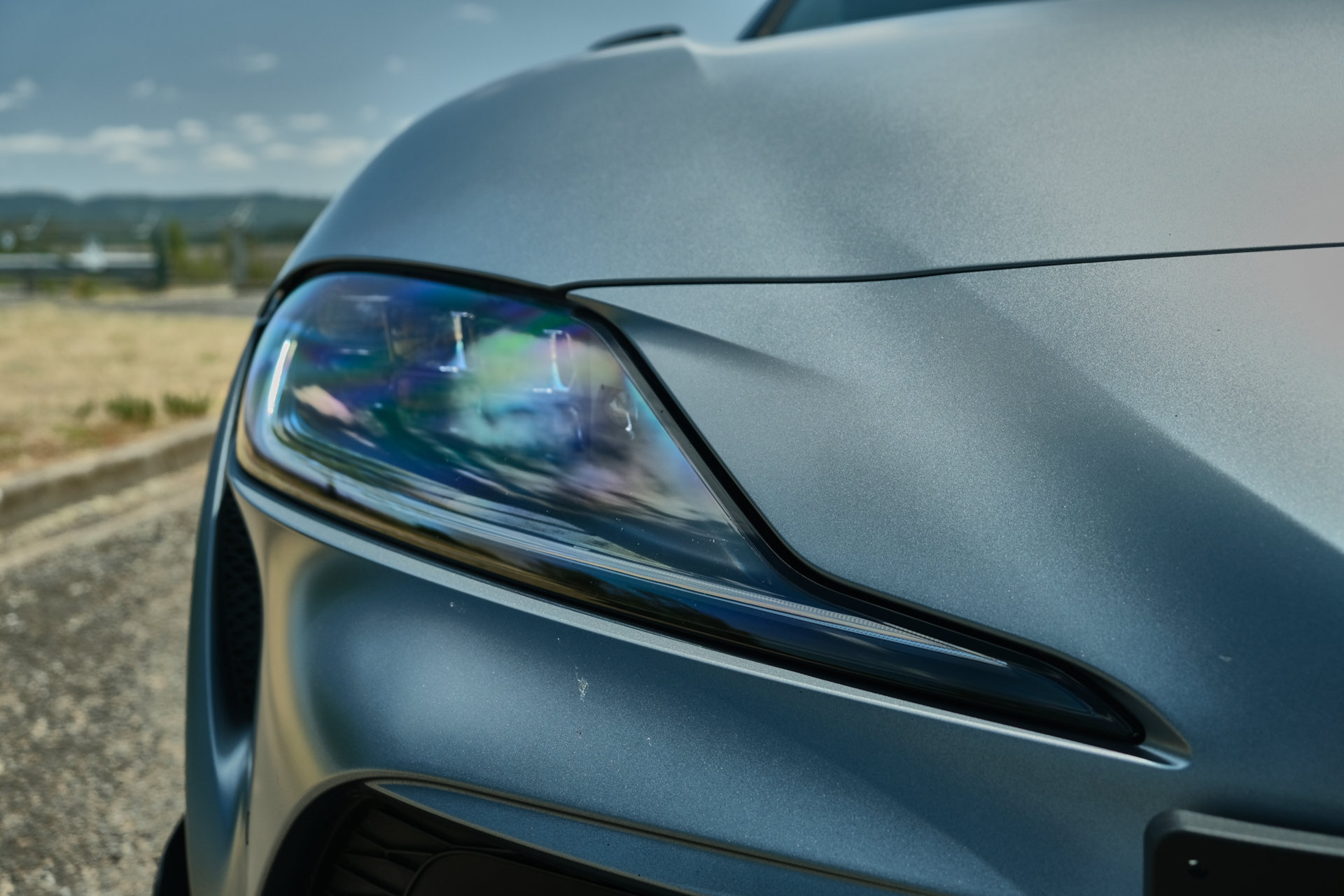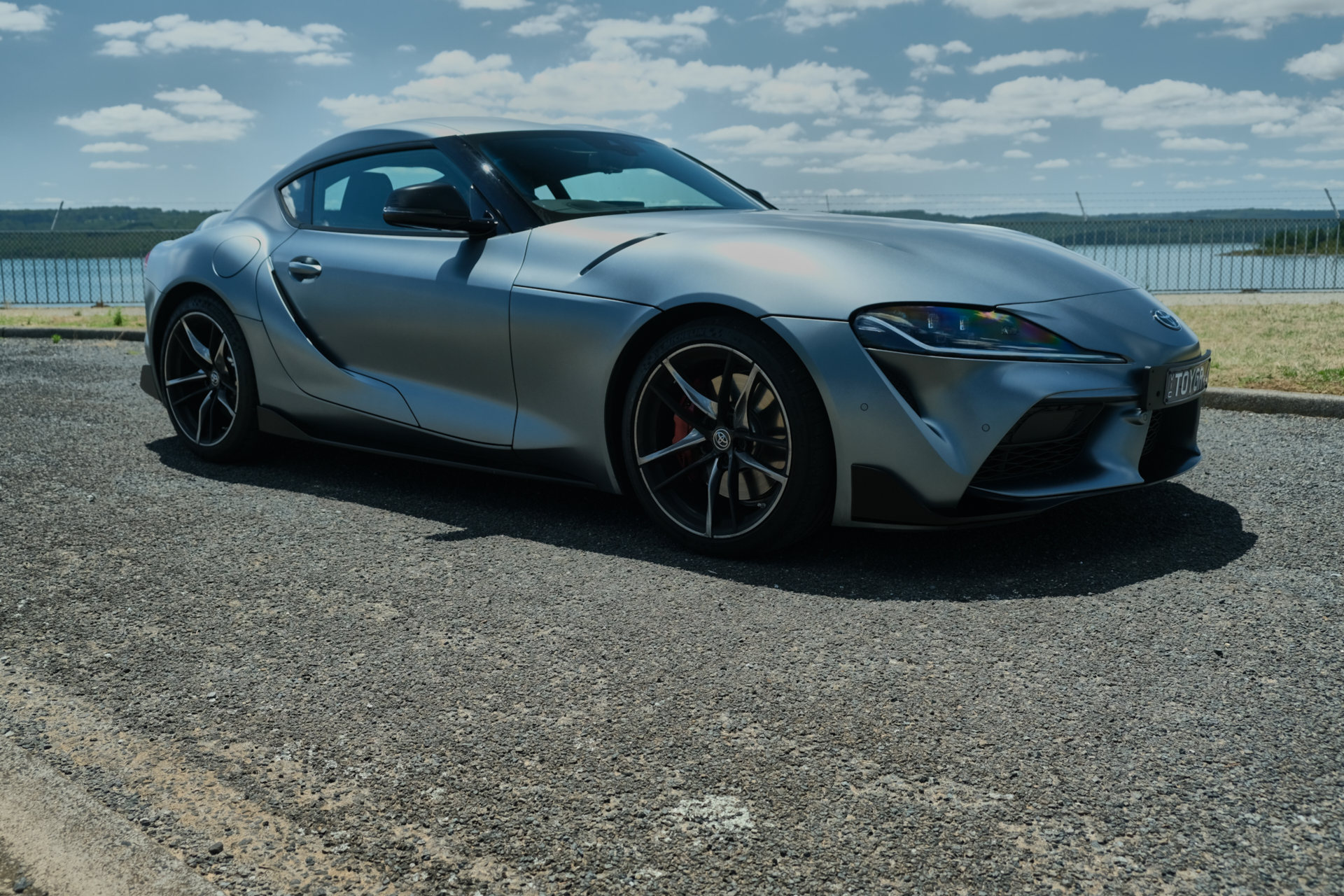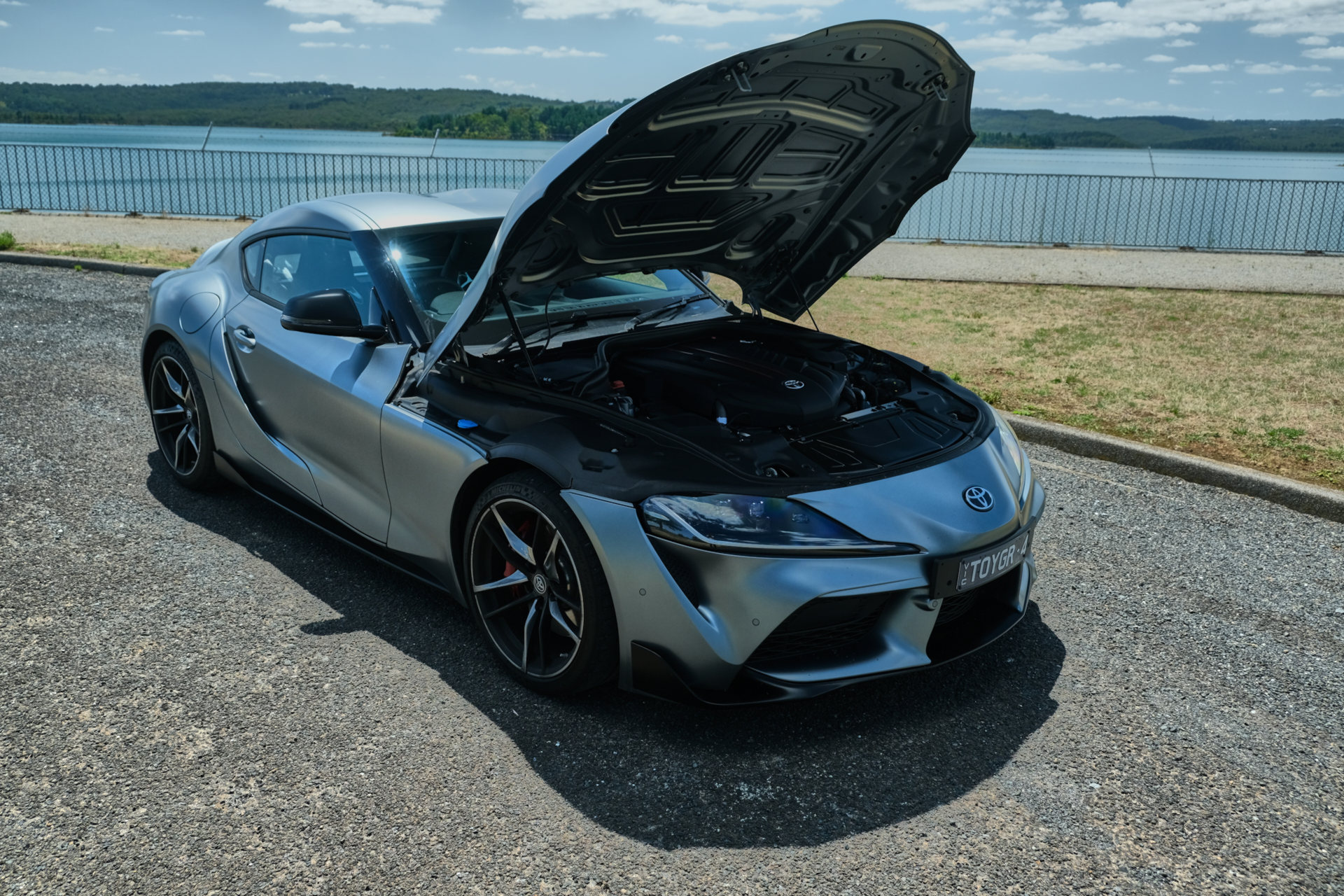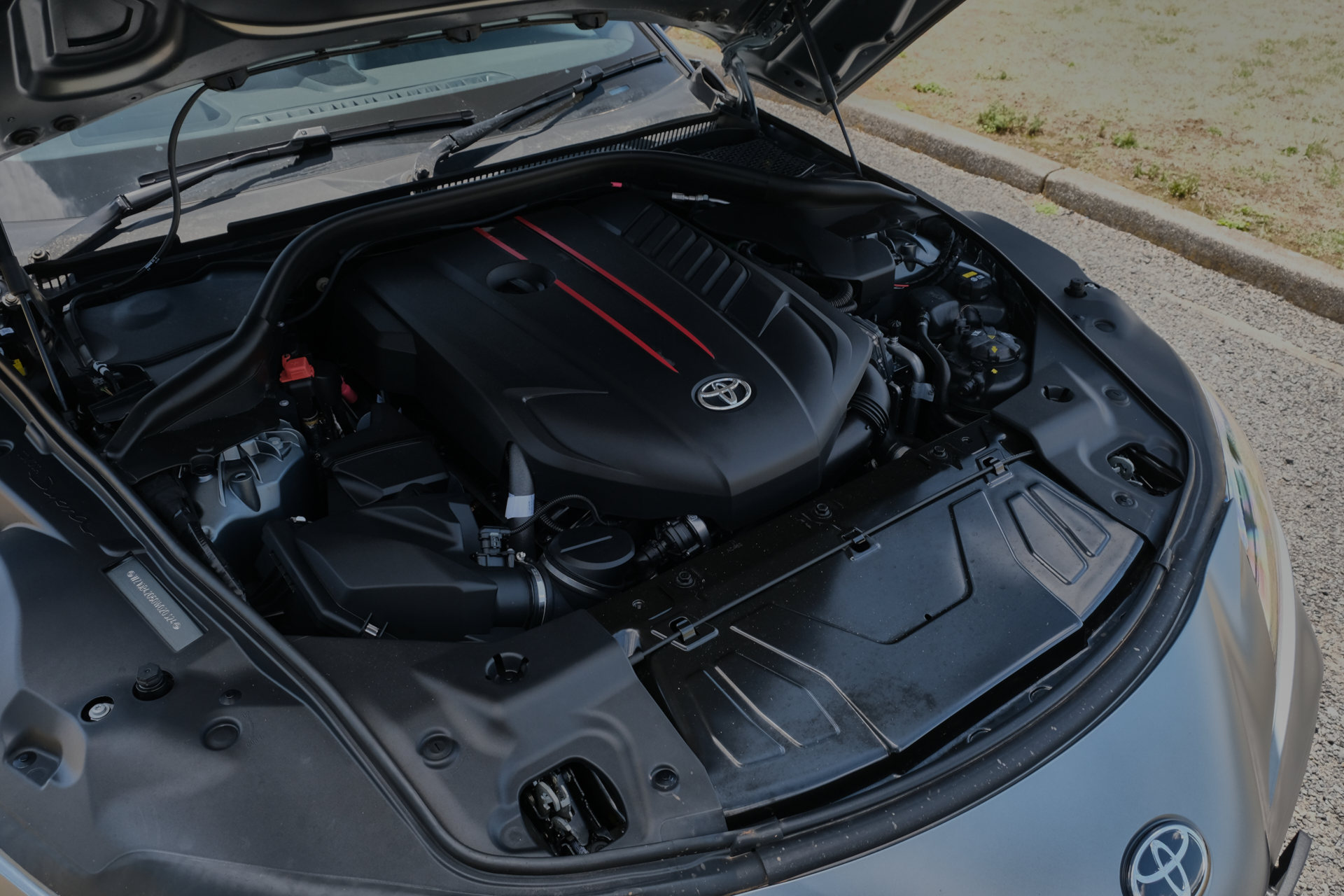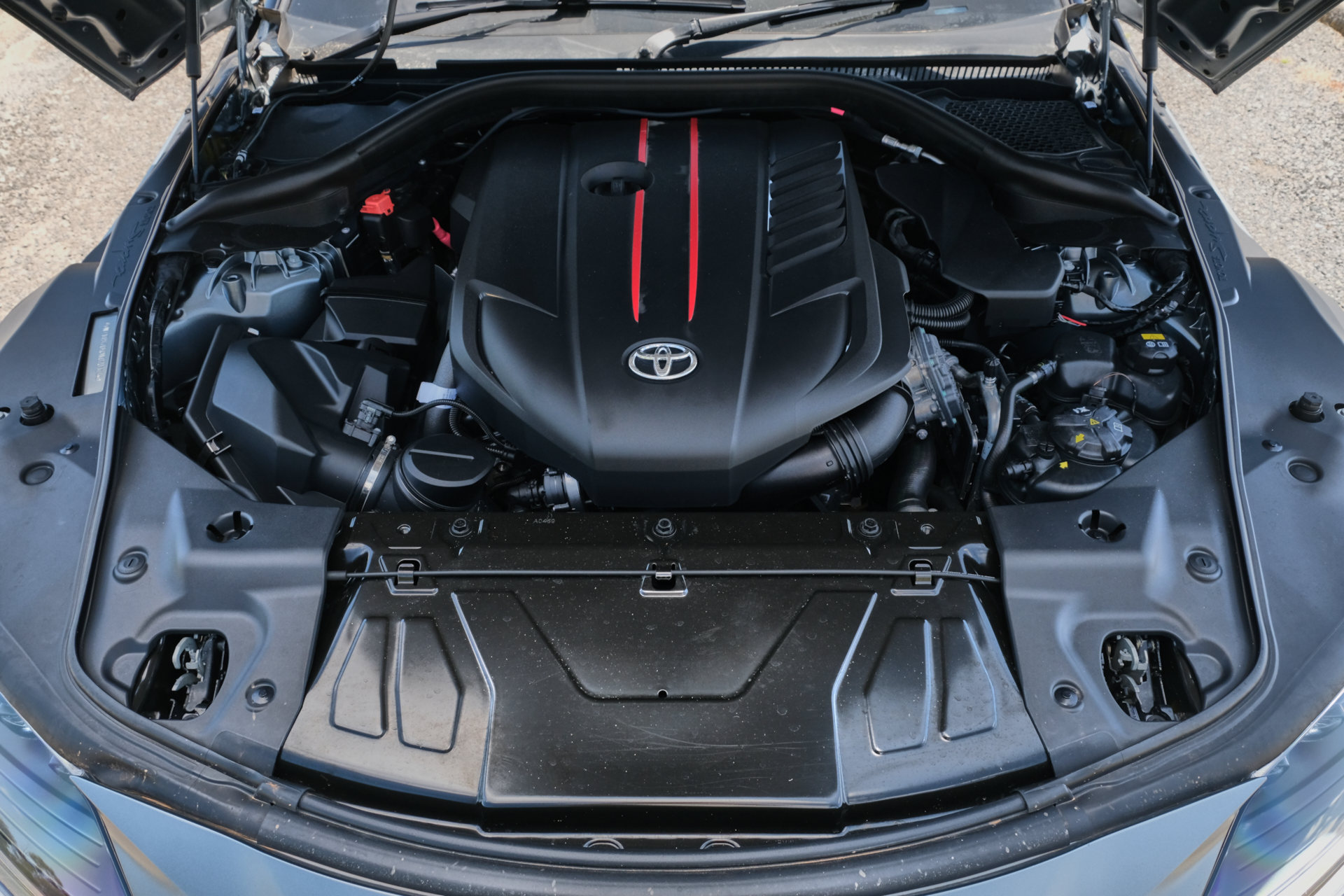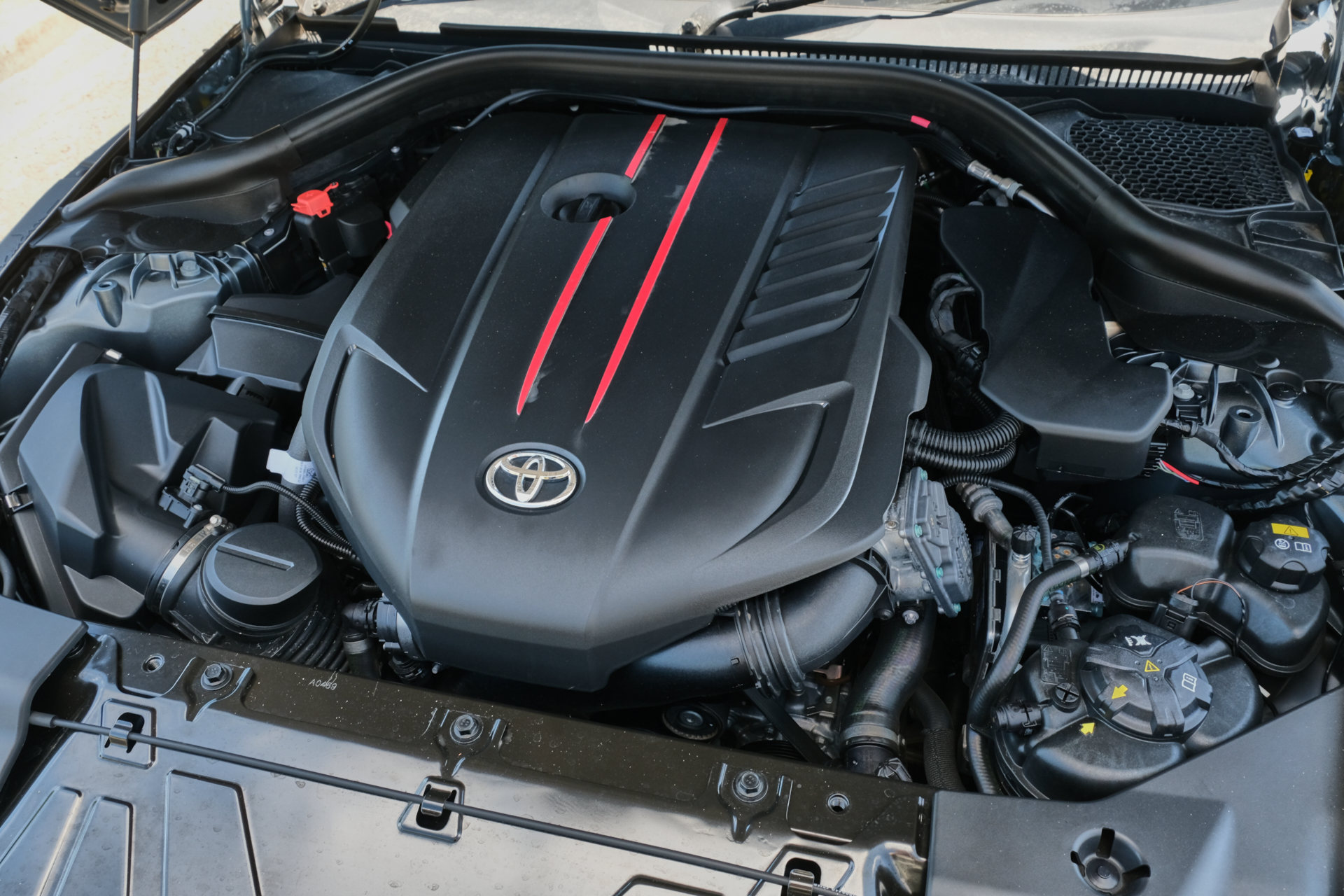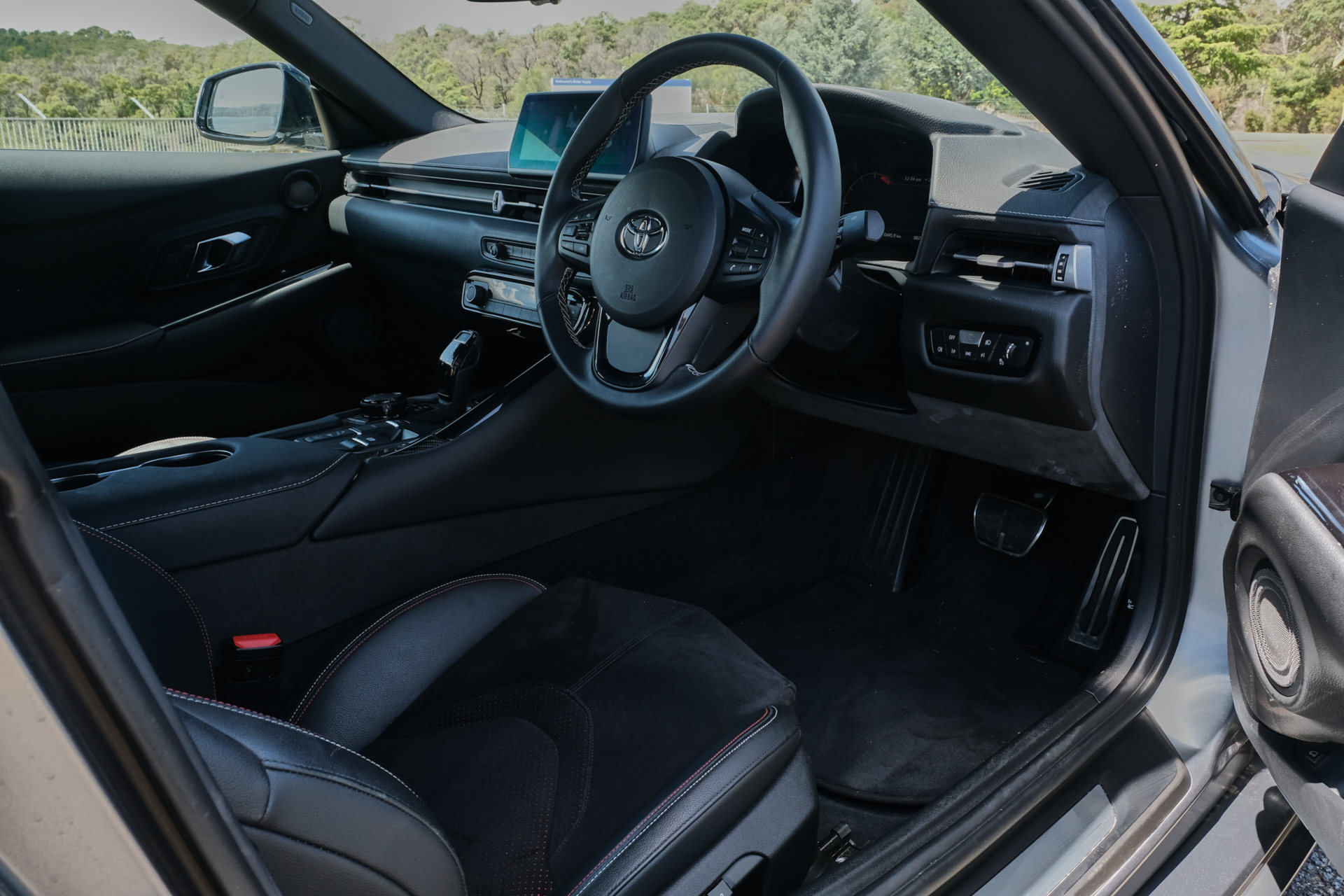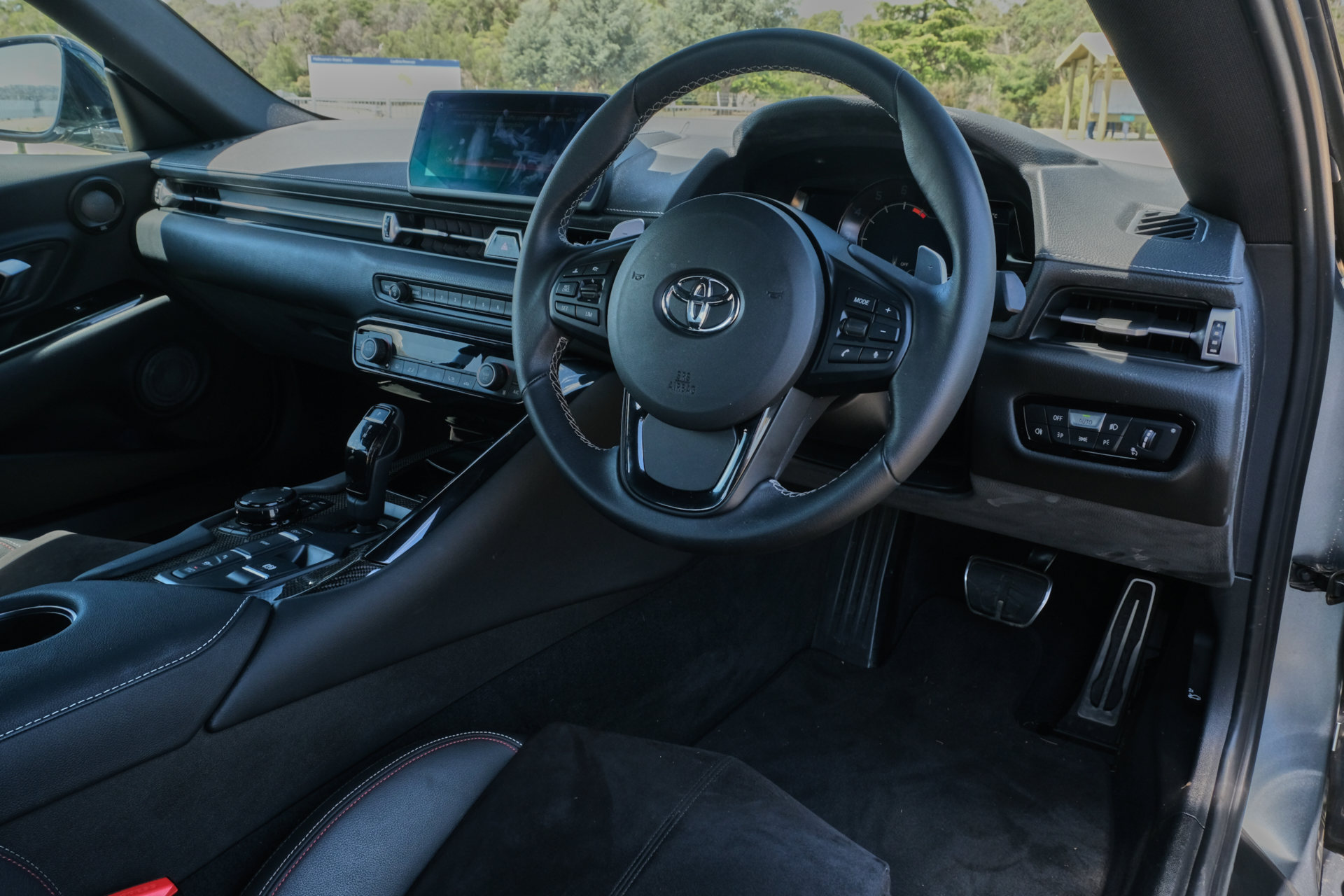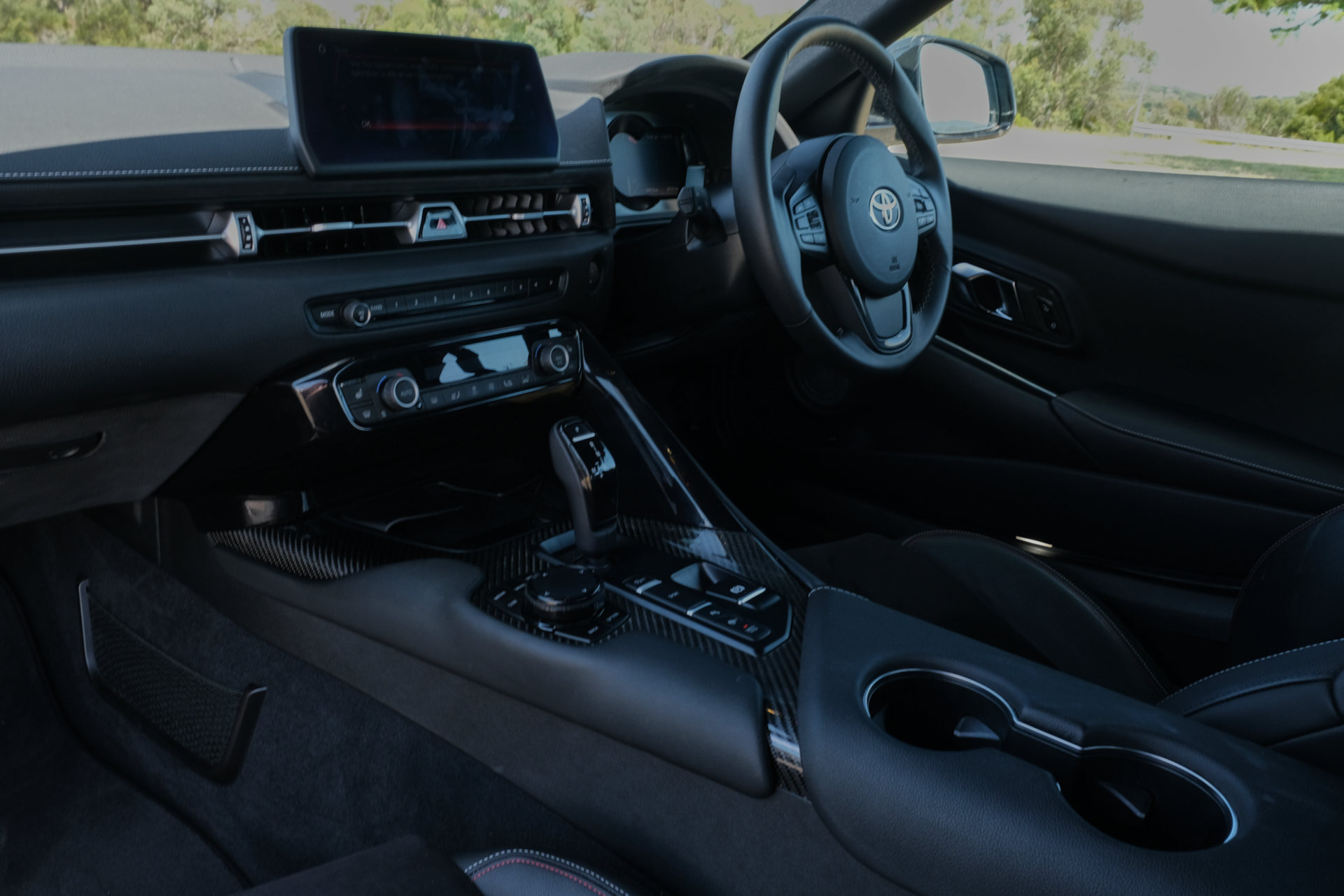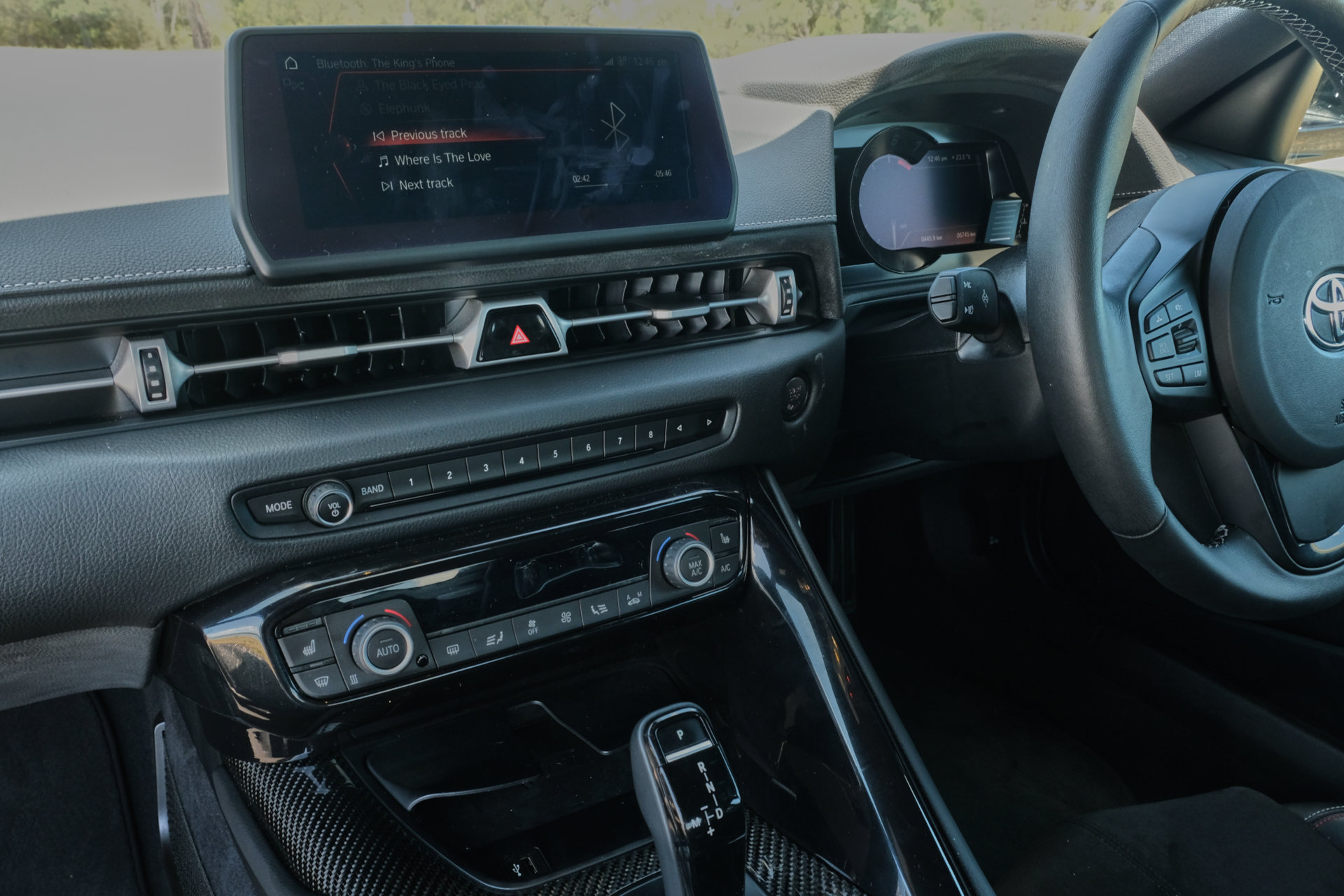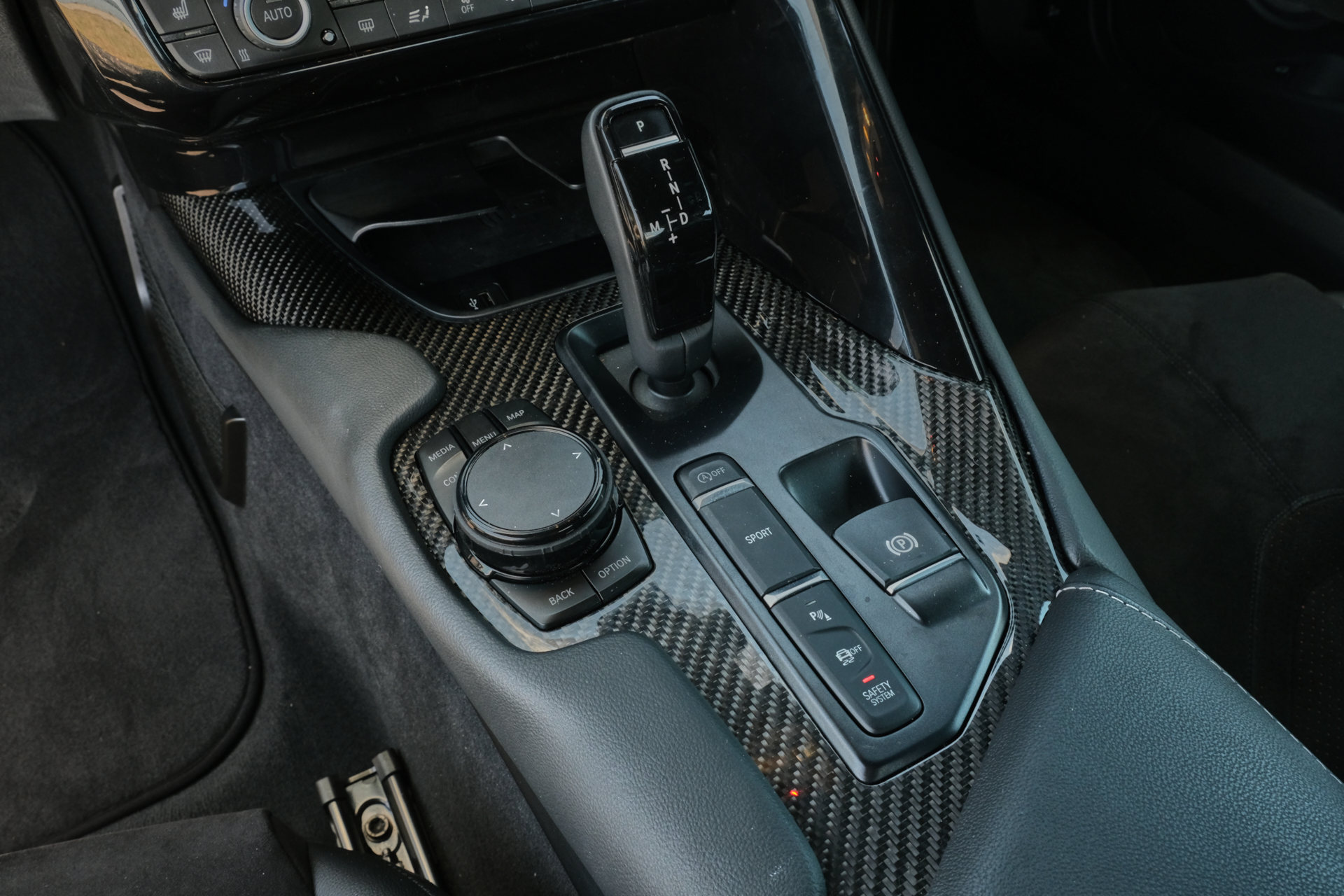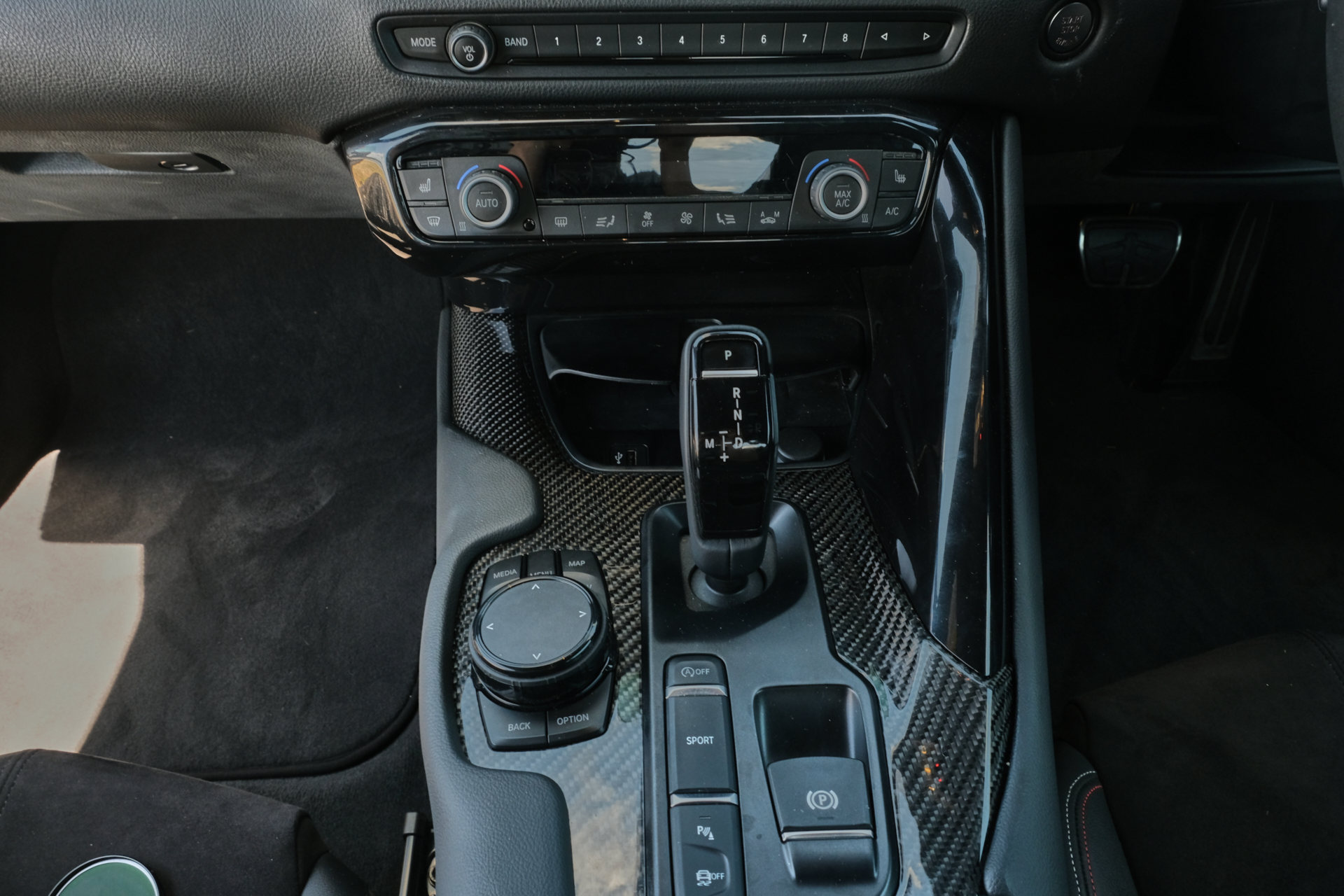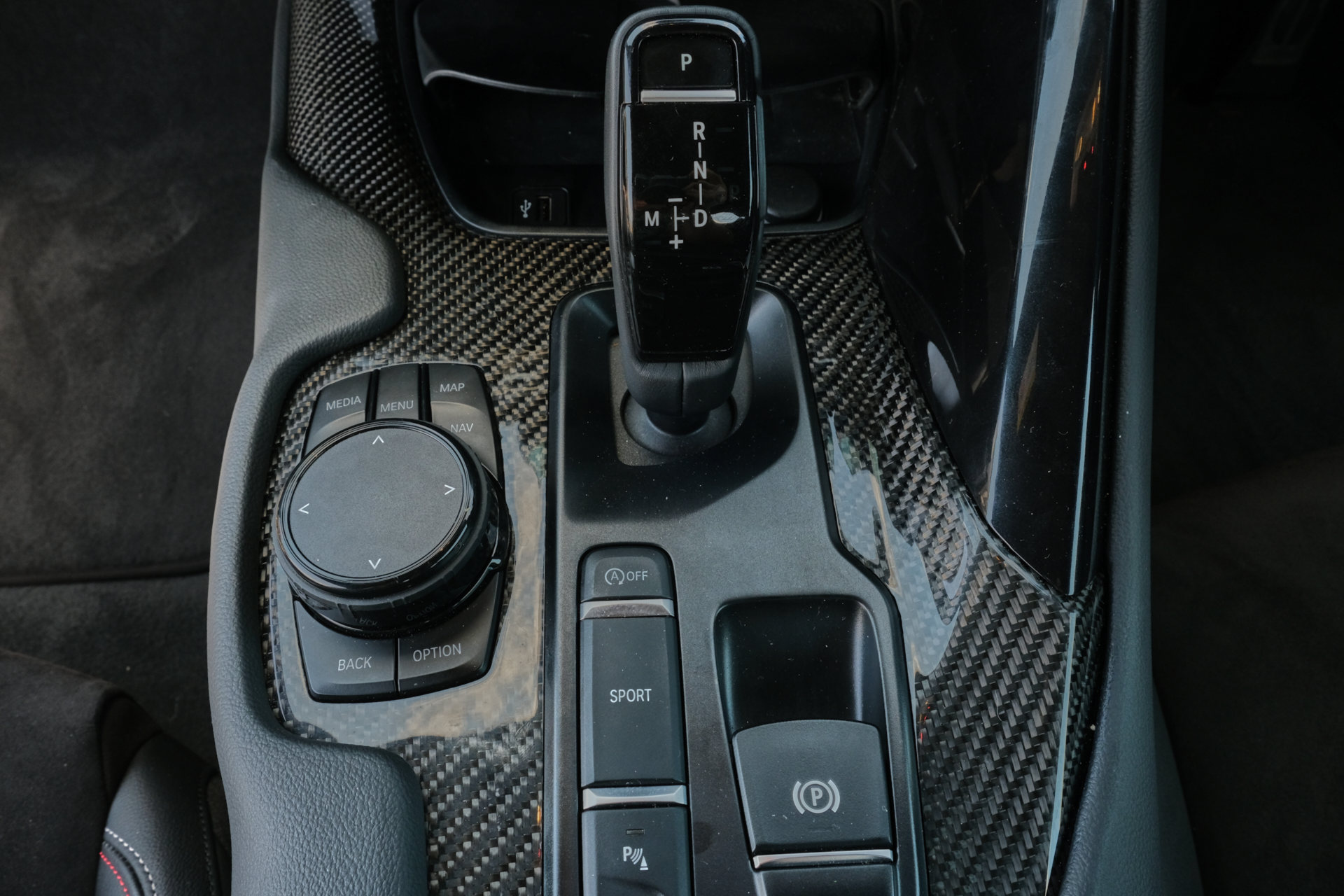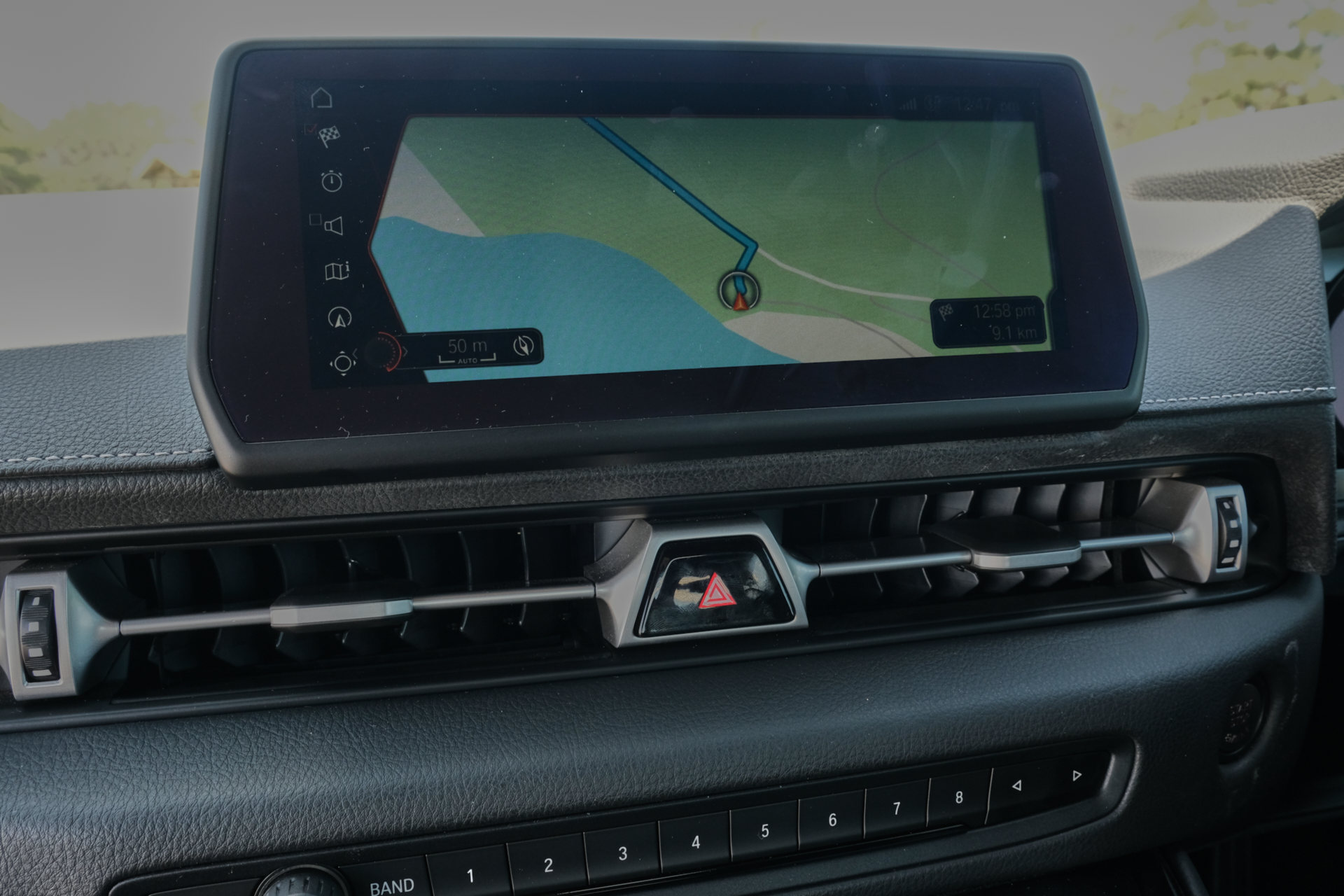The latest-generation Toyota GR Supra has proven to be one of the most talked-about vehicles on the market since global deliveries kicked off last year. Describing it as an important flagship for Toyota would be an understatement and the marque clearly knows its importance, recently updating it for the 2021 model year in the U.S with a slew of upgrades and a new four-cylinder option.
CarScoops was fortunate enough to drive the 2020 Supra during its global press launch in May last year and were very impressed with what we discovered. While we’re waiting for Toyota give us the new one to sample, I spent a week with a 2020 GR Supra GTS model in Australia eager to sample it for myself over an extended period of time.
A modern JDM classic
It was way back in early 2014 when the new Supra was previewed through the striking FT-1 Concept. At the time, there was some hope that it previewed an all-new rear-wheel drive sports car from the Japanese marque but the company itself failed to say if that was indeed the case. Fast forward to January 2019 and the new Toyota GR Supra was revealed in full sporting styling reminiscent of the FT-1.
Two variants of the 2020 Supra are sold Down Under in the form of the entry-level GT and the range-topping GTS. Local prices start at AU$84,900 (US$56,907) before on-road costs while the Supra GTS is available from $94,900 (US$63,610).
Powertrain wise, the two are identical and both feature BMW’s B5830C 3.0-liter turbocharged six-cylinder engine with 250 kW (335 hp) between 5,000 rpm and 6,000 rpm as well as 500 Nm (369 lb-ft) of torque. An eight-speed automatic transmission with paddle shifters is the only option and a limited-slip differential comes standard.
Upgrades enjoyed by the GTS over the GT include a head-up display, sport brakes with red calipers, a 12-speaker JBL audio system, 19-inch forged alloy wheels, and a host of available Alcantara trim packages.
Looks that could kill
Getting up close with the 2020 Toyota Supra, the first thing that strikes you is just how small it is. Officially the Supra is a touch longer than the 86 but has a shorter wheelbase at just 2,470 mm (97.2 inches) compared to the 2,570 mm (101.2 inch) wheelbase of Toyota’s other rear-wheel drive sports car.
Adorning my test car was a gorgeous shade dubbed Nurburg Matte Grey, sold in the United States as Phantom Matte Gray. Look online at any articles or videos related to the new Supra and you’ll be bombarded with comments from people claiming it’s extraordinarily ugly. I suspect many of those people have never actually seen the 2020 Supra in person. It looks pretty good in my book.
Sure, it differs from its predecessors, but it stands out on the road and attracts attention no matter where you go. The flowing, voluptuous bodywork is nicely reminiscent of the FT-1 Concept and suits the sporty personality of the car perfectly. The fake vents are a shame but name one car currently on the market that doesn’t feature fake vents and I’ll name five that do. They’re virtually unavoidable.
Late on a Friday night when I had the car, I cruised through an impromptu car show at a large carpark and the car turned hundreds of heads. I’m doubtful a Lamborghini would have attracted any more attention. Clearly, people are interested in the new Supra, regardless of what they think of the styling.
An inviting but small interior
The good things continue in the cabin. Much of the interior is familiar BMW but that’s not necessarily a bad thing as the German brand makes some amazing vehicles. There’s a large 8.8-inch touchscreen, wireless phone charging, dual-zone climate control, powered leather and Alcantara seats, and a lovely head-up display. I was also particularly fond of the center console clad in plush leather and adorned with various carbon fiber accents.
It shouldn’t come as a surprise that the interior of the Supra feels small, much smaller even than that of the 86. Despite this, I was able to get a perfect seating position for my 6-foot-1 frame and had a couple of inches of headroom available, perfect if owners intend on taking their Supras to the track and need to wear a helmet.
One thing I’m not so fond of is the steering wheel. I hated it. For starters, just look at the thing, it is sinfully ugly and way too large. It could be vastly improved if it had a flat bottom and the ugly piece of plastic in the lower spoke was removed. The other letdown of my test car was the incredibly dim infotainment screen that cannot have its brightness manually adjusted and operates through ambient light sensors hidden in the gauge cluster that are constantly in shadow.
The driving experience
Comfortably seated and with the side bolters squeezing my ribs, I immediately put the car into ‘Sport’ and flick the gear lever into Manual mode and start to use the shifters. The first that strikes me is just how beautifully smooth the transmission is and how quickly and effortlessly it shifts through the gears. The second thing that hits you is that engine. Oh, that engine.
Toyota touts figures of 250 kW and 500 Nm but it feels as though the 2020 Supra has much more grunt than that. Throttle response is superb and the torque and power build in a very linear manner. And at this stage, I’d only driven the Supra in start-stop traffic.
Watch: 2020 Toyota Supra Laps Nurburgring In 7:52.17, Beats BMW M2 Competition
Away from the city and in the mountains is where the new Supra really shines. Connecting the car to the pavement is a set of Michelin Pilot Super Sport tires measuring 255/35 at the front and 275/35 at the rear that results in superb grip at the front end, so much so that understeer is non-existent on public roads and at legal speeds. Grip at the rear, however, is a different subject entirely.
If you leave the traction control system on and step on the throttle a little early, it’ll aggressively pull you back in line and keep you on your best behavior. We found the car to perform brilliantly with its traction control system turned off as it will allow for some slip but won’t let you do anything too crazy. Hold down the traction control button for a few seconds and you can also disable stability control and have a huge riot behind the wheel.
I rarely drove the car in Normal mode and almost always had it in Sport. This wasn’t only because it sharpens up the throttle response and steering but because it also transforms the otherwise docile exhaust system into one befitting of a serious supercar. On up changes, the exhaust will pop similar to a DSG-equipped performance model from Audi and VW while on down changes, it bangs, cracks, and sings on the overrun in a more pronounced way than even the big V8 models from Lexus. It’s addictive.
Speed with control
The chassis and powertrain are hard to fault and it’s difficult not to fall head over heels for the Supra. If you’re really feeling the need for speed, the car offers launch control and Toyota says it’ll hit 100 km/h (62 mph) in 4.1 seconds. It feels every bit that quick although the launch control system isn’t the most effective and can serve up a huge dose of wheel spin off the line. I found it easier to use my right foot to manage the power when getting off the line with traction and stability control disabled. Top speed is capped at 250 km/h (155 mph).
Braking is provided by four-piston calipers at the front clamping down on 348 mm (13.7-inch) discs while the rears feature single-piston calipers and 345 mm (13.5-inch) discs. The brakes are spectacularly quick to respond and I never encountered any fade regardless of how hard I pushed them.
Throughout my week with the 2020 Toyota GR Supra GTS I drove roughly 900 km (560 miles) and most of that involved driving along country roads, across a number of mountain passes, a little bit of urban commuting, and a handful of short motorway trips. On average, I saw fuel consumption of 11.2-liters/100 km which, considering how I was driving, is seriously impressive. On highway stints, consumption fell to roughly 8.5-liters/100 km. Toyota claims 7.7 l/100 km combined. I’ve got no doubt that’s achievable but not if you plan on driving the Supra like the sports car it is.
One annoyance driving the Supra is that it’s virtually impossible to drive above 70 km/h (43 mph) with the windows down because of the deafening wind buffeting. I’ve got no idea how Toyota approved the Supra for production with such an obvious issue. Fortunately for owners, there are some aftermarket solutions now available.
Has the wait been worth it?
Few Japanese performance cars are as iconic as the Supra and it was always going to be a risk for Toyota to launch an all-new model. Many critics complain about it having too much BMW in it and not being a true Toyota but I fail to see how the BMW parts are a bad thing. After all, BMW makes some incredible sports cars and if it wasn’t for the collaboration between BMW and Toyota, the new Supra wouldn’t exist.
Spending a week with the car, I discovered that is is easy to use on a daily basis, is the perfect size for a sports car, and absolutely thrilling to drive on the limit. The only way it could be improved is with the addition of a manual transmission…




